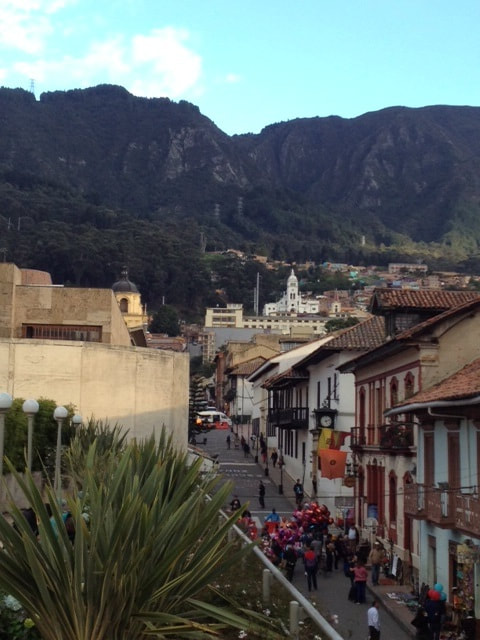 We arrived in Bogota late on December 21st… This was our first time to Bogota, and also to Colombia. We had heard rumors about Bogota traffic during our travels in South America, and the reality proved true. There were vast numbers of cars traveling everywhere day and night. Bogota is also a huge city, that seems to sprawl endlessly for quite some distance, but is also immersed within the surrounding curvaceous mountains. We arrived with our taxi at the Hilton hotel in the“Zona G” neighborhood, a bit outside the tourist and old historical center of “La Candelaria”, but a nice residential and business district nonetheless. The hotel staff was very friendly and efficient. On the first night when we missed our (included in our upgrade) evening happy hour get-together, (because we arrived late), the staff did their best to accommodate us anyway. My family was amused as many members of the hotel, restaurant, and other staff came up to greet me, shake my hand, talk to me about what they could do for us, and then would introduce themselves to my family members as well. Afterwards they brought us some nice drinks and tapas to enjoy, on that night, and the others as well. My family members joked that I must have somehow met the whole staff during our stay. Our room at the Hilton was nice and comfortable too, and also had a great view of the mountains. We also got a good rate there, which included a generous and elaborate breakfast buffet. The staff was also very attentive and curious about us. And because I speak Spanish, and am curious about other people’s stories, I ended up talking in detail to many people there as well. I enjoyed speaking with those I met. We also got some good Bogota recommendations because of some of these conversations. The only downside of the Hilton was that there was some remodeling going on, and it was also about a 20-minute taxi drive to the most central part of town. Otherwise it worked out well for our first few days in Bogota. 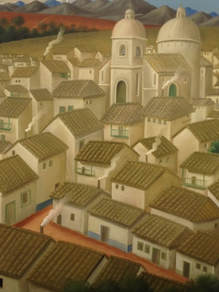 Since Bogota is the “New York City of Colombia” there are many cultural attractions for tourists to visit, especially some fantastic museums. Our first excursion was to the “Museo Botero”, which highlights the works of the Colombian artist, Fernando Botero. I’ve liked “Botero” since I first came upon his sculptures at a Paris exhibit on the Champs Elysée in the Fall of 1992. I had never heard of “Botero” before, but his unique bronze sculptures, which were frequently distorted or rotund, were quite amusing and interesting to look at. So once in Bogota the “Museo Botero” was a must-see destination and did not disappoint. The museum, which is also free to enter, and is in a beautiful colonial style building, included many Botero paintings, all with a similar look as the sculptures I had previously seen. There were also some of his sculptures too, as well as art from other famous artists, donated from his own private collection. If you have time the “Museo de Arte del Banco de la Republica” is also next door and is supposed to be fantastic as well. We also visited another highly regarded museum while in Bogota, the “Museo del Oro” (Museum of Gold). It has an amazing collection of beautiful gold objects and art. There are fascinating displays that highlight the stories, techniques, and descriptions of the different eras and work of the artisans and people of the different time periods. There is also an excellent restaurant and gift shop in the museum. In “La Candelaria” or historical district there are many other museums or places of interest as well, including “Plaza de Bolivar”, which is the main city central square, and it’s also surrounded by government buildings and the “Catedral Primada”, or main City Cathedral. Nearby is also the “Centro Cultural Gabriel Garcia Marquez” which is a unique building in itself, where you can walk to the top and have a nice view, but it also houses a significant bookstore, which includes many famous works of Colombian and worldwide authors, including Gabriel Garcia Marquez. So it’s mostly the historical district that holds the main museums and many attractions for visitors. So since we were staying in the “Zona G”, about 20 minutes away, we would taxi to and from. The taxis are not too expensive, however finding a taxi and getting the right one might be a challenge. On one of our first evenings in Bogota it took us almost an hour to get a taxi, mostly we found out, because many taxis are pre-reserved, and even if they are empty, most of the time they won’t pick you up. So it’s best to have someone reserve one for you, whether it’s your hotel, or a museum, or restaurant etc. That’s the best way to make sure you can get one. However, whenever possible, I would also suggest to use transportation arranged from your hotel, because at times there may be taxi drivers that are not always ethical or even sometimes safe to be with, even if they are called by a reputable place. There was only one time I felt unsafe in Bogota, and that was on one such occasion, in a taxi that was called for us by a museum, and everything seemed fine at first. It was when the taxi driver took a seemingly different route, than what we had experienced before, and then got onto a freeway (that we normally would not be on), and then increased his speed quite rapidly, that I began to get a bit nervous. When I began to ask (in Spanish) what he was doing, and where he was taking us, and he didn’t respond to me, I became even more nervous. Since no one else understood Spanish, and I did not want to alarm anyone in my family, just yet, I kept looking outside, trying to decide if I should have him stop and let us out. Although to be honest I had no idea where we were at this point… we seemed to be going towards some outlying area near the mountains. So then I started to ask him even more questions, although a little angrier this time, and with some subtle threats of whatever I could muster in Spanish. He finally took notice, and turned off the freeway towards a different area, and said we were not too far. After a little bit I started to recognize the area, and then we finally did get back to our hotel ok. I was relieved that things worked out, especially when I heard (from the hotel staff telling other guests) that a taxi driver had recently robbed and assaulted some other guests. I only arranged transportation with our hotel after that and we had no more problems. Most Colombians we met though were extremely kind, gracious and helpful, and only trying to help us in any way they could. For the last few days of our time in Bogota we stayed at another hotel, the “Four Seasons Casa Medina Hotel”. This was actually pretty close to the Hilton where we previously stayed, also in the “Zona G” neighborhood, but a little bit more of a special treat and splurge for Christmas. The hotel is fairly small, more of a colonial style mansion, with beautiful architectural details. Our room was beautiful with wooden beams and columns, and felt more like a little studio, with a small dining area and small balcony. The staff was also super-attentive, catered to our needs, and they also had a great restaurant. We really enjoyed our time at the “Casa Medina”. There was also a nice shopping and restaurant district within a couple of blocks of the hotel. 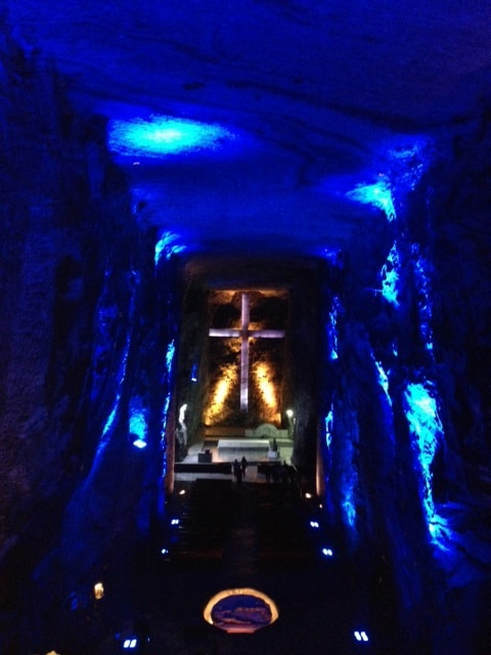 Since we were in Bogota during the Christmas holidays we also wanted to experience some of the Colombian traditions for Christmas. We went to a Christmas Eve Mass at a nearby Catholic church. And even though I’m Catholic, although not always a frequent church-attendee (but please don’t tell my mother)… I have to say the Christmas Eve Mass in Bogota is one I don’t think I will ever forget. At first we didn’t know if we would get in, because when we arrived (maybe a little late), they would not let us in. When someone told me to come back in about 30 minutes I figured there must be another Mass, or maybe we got the time wrong. But the woman kept mentioning “surprise” to me in Spanish “sorpresa”. I wasn’t sure what she was talking about, but just smiled and said “ok, maybe we’ll come back”. Other people kept mentioning “sorpresa” to me also and to try and come back. So we waited nearby for a little bit and then were told we could enter. Now we were the early ones, and we entered the church with only a few other people. But as we entered we noticed all the main lights were turned off, and in front of us were hundreds, or maybe even a thousand, of multi-colored flickering lights lining all the seats and pews, with balloons too... but nothing else. I have to say it was a little magical seeing all of these multi-colored flickering lights and balloons illuminating the mostly empty church, with its statues and paintings waiting on the sidelines. I thought to myself that this is surely the “sorpresa”. Although I quickly found out, that it was not the only one. As the church quickly filled up, and the Mass began with its traditional and also modern musical pieces, and the nativity scene was re-enacted live, with people coming down the aisle, talking about life in a more modern sense, there was another “sorpresa”. Moments after the nativity scene finished there was a huge loud “boom”, and then, what seemed like fireworks, went off in the church suddenly, which was then followed by another loud “boom” and gold and silver tinsel confetti being shot out of what seemed like a cannonball. Sitting up front, in the second pew, this totally shocked us, and for a brief second made me question if somehow this could be some type of accident or problem of some sort, but then quickly realized this was just their way of celebrating in a very big way. We then quickly started laughing, as we noticed ourselves, and all of our neighbors, covered in gold or silver tinsel confetti. I think many really enjoyed seeing our reactions too, knowing this was not typical for us. After the service was over we all agreed that that was probably the most fun we had ever had at a Mass before, and realized we probably would not see something similar to that ever again. And even though that was a hard act to follow, we followed that with a delicious multi-course Christmas Eve dinner at the “Four Seasons Casa Medina” restaurant, with a great Colombian band playing and singing to the guests until the late hours of the night. On Christmas Day proper the city was quieter overall. They had what they call the “Ciclovia” during the morning hours, where “Bogotaños” can bike, walk, or run down some of the main boulevards of the city, free of car traffic. One boulevard was right in front of our hotel, so I did a little run, along the “Ciclovia” path. Although Bogota is also at a high altitude (8,465 feet), so I could definitely feel a difference with my breathing while running there. In the afternoon we hired transportation from our hotel, and went to a nearby attraction, (about 1-2 hours from Bogota) to the “Catedral de Sal” or the “Cathedral of Salt”. To be honest, we didn’t realize all it was, first thinking it’s just a famous Cathedral to visit, with statues and paintings etc. We later found out that it’s underground, and everyone takes a tour with a guide, and walks through the undercover pathways viewing the religious dedications that are built into the walls. The miners originally built this place of worship because they were afraid of their working conditions. It’s quite unique and impressive. On our last day before leaving we took the funicular trip up the mountain of “Monserrate”, on the edges of Bogota, to look at the beautiful view, and take in the huge expanse of the city. You could feel the high altitude especially up here as well. As we looked at the view, from the top of the mountain, we were quickly reminded that Bogota is not only a huge cosmopolitan city that spreads out for all to see, but also one that is defined by its mountains, amazing people, and culture. - Siovonne Smith
0 Comments
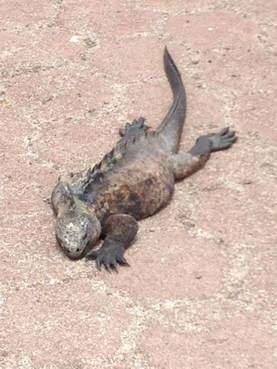 Arriving at the Baltra airport was a bit surreal, as we walked off the airplane stairs, into the tropical climate, while not seeing much around us except for the arid and dry land, and some cacti. We then walked into the airport, which was playing American Christmas music… much to our surprise. And even though the Galapagos Islands are part of Ecuador you still need to go through immigration and customs. It’s sort of its own entity in a way. The good news though is that you get your own Galapagos stamp in your passport. Baltra Island itself is not inhabited… it’s only for the airport, so everyone needs to take a bus and then a small boat over to Santa Cruz Island, which is one of the main islands, and the one we were staying on, and then take a taxi or bus from there to town. There is also one other airport on another Galapagos island, although somewhat less used. But for Baltra Island, when you leave the airport, you take a bus and then a boat over to the main island of Santa Cruz. The boat that crosses over is very small, and people have to put their luggage on top of the boat, and hope it doesn’t fall into the water on the way. Luckily our luggage survived, and I think everyone else’s too. However, once you’re on the boat, the first thing you notice is the beautiful blue-green color of the water, which is soothing and welcoming. Also, many people choose to spend their entire stay on a boat while in the Galapagos and cruise to the different islands for the various activities. We choose to stay on island though… at a small B&B in the main town of Puerto Ayora and see the sights from there. This was for a couple of reasons; one being the budget, and the other because not everyone wanted to stay a whole week on a boat. We were also told the water would be pretty rough or choppy while we were there… in December. But many people really love the weekly boat tours. So, there are many different options for lodging and also for excursions, depending on what you want to do and depending on your budget. Our hotel is a small Swiss and Galapagos family-run B&B called “Hotel Cucuve Suites”. It is located right off the main road in Puerto Ayora, which is in the main town on Santa Cruz Island. The B&B does not have a large number of rooms, and there are stairs, with no elevator, but it is also quite nice, and includes breakfast. The B&B is less than two years old, and the materials used and the design are quite nice, although simple. There are also good sources of air flowing and circulating throughout the building, which is useful and pleasant for a tropical hotel. The staff is also multi-lingual and very helpful. They will help you with activity and excursion ideas, as well as restaurant recommendations. We really enjoyed this hotel. Also, the beds were very comfortable and the shower (that we had anyway) was great for taller people... even “Shaq” could stand comfortably in the shower there. But the main highlight of the Galapagos, of course, is the nature and wildlife. On one of our first walks we literally stumbled upon an iguana taking a nap. Basically just sprawled out on the warm pavement, ignoring everything else, as people were walking and driving by. It turns out we would see many iguanas sleeping, walking, or doing their thing, while we were there. They don’t seem to mind people. Also, on the outskirts of Puerto Ayora is the Charles Darwin Research Center, with its exhibits, history, and wildlife too. We came upon some large tortoises or “tortugas” here, as well as other iguanas, and special birds, including the famous finch birds of the Galapagos. We also visited another location on the island, about 30-40 minutes from town, called “El Chato Tortoise Reserve”, which is an enclave for wild tortoises in their own natural habitat. There were also other wildlife species there, including various birds and other creatures. Another day we went to “Tortuga Bay”… a favorite beach. It’s close to town, although you need to walk about 30 - 40 minutes each way on a walking path to get to the beach area. The beach is not directly accessible by car, only by boat. When you get there you see white sandy beaches, beautiful water, and some marine iguanas lounging around. You can also surf, swim, or just relax and walk around the area.
One thing to note about the Galapagos though is that the WiFi can be intermittent, and the power can go on and off. One day our power was mostly off for more than half the day… one hazard of island living I guess. I did have a surprise on the Galapagos as well. Somehow, even with the intermittent power and WiFi, I somehow got a message from a close friend, that unbeknownst to both of us, we were both on the Galapagos at the same time. My friend was on a National Geographic boat with her family touring the islands. It turns out my sister saw her post on Facebook, and told her I was there. Luckily her first message got through to me, so that we could meet up the next day, briefly at a local café. But the day their boat docked on our island was the mostly no-power day, but somehow it still worked out that we could connect at the last moment and meet up. We joked that we hadn’t seen each other recently but at least we could see each other in the Galapagos. Again… it’s a small world. Earlier that day we also were able to take a small boat ride to a nearby island and find a cove that’s famous for snorkeling and fish. This crevice or cove is called “Las Grietas”. The water is so clear you could see the beautiful colors of the fish swimming just underneath. The rest of the island was fairly empty and seemed remote as we walked on the dirt paths looking for the boat terminal. However, while walking back we also stumbled upon a pretty nice hotel called the Finch Bay Hotel, a five star property that looks like a fantastic place to stay if budget allows. We ended up having lunch there, at one of their poolside tables, and could view their property a little bit in the process, including their own small private beach. They were also quite gracious, especially since it’s possible they don’t usually have restaurant guests that are not hotel guests, but they were very nice to us. This was also the same day I wasn’t sure if I was meeting my friend from home, as no message could come through to me, but they wanted to make sure we got back in time, just in case, so they allowed us to use their private boat to take us back. So thank you Finch Bay Hotel! And yes, it worked out that we met up with my friend and her family. So all went well there. And besides the amazing wildlife and nature of the Galapagos, it was also amazing to talk to the locals, try some of the amazing restaurants with super fresh ingredients, like just-caught seafood, or local fruit. There are all types of food options available, including my son’s favorite, pasta and pizza. There are options for all types of food preferences. The Galapagos is an amazing place... that I would like to go back to, and experience even more. - Siovonne Smith 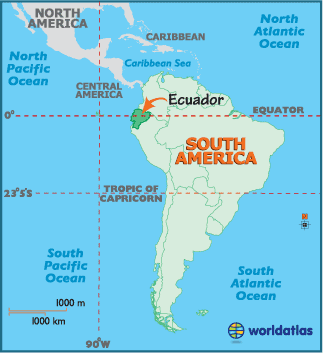 Traveling with my husband and 13 year old son we arrived in the early morning hours at our Ecuadorian hotel, not too far from the Quito Airport, in the small town or “pueblo” of Puembo. At first concerned the hotel did not understand our flight details (when I previously spoke to them in Spanish), we were relieved to see the hotel driver waiting for us, with a sign, and a smile, when we got out of Customs. We’re staying at a typical Ecuadorian style of hotel for the first two nights… It’s called “Hotel San Jose de Puembo”. It’s a bit of a hacienda style hotel or “estancia” with beautiful flowers, gardens, architectural details, and even a small farm of animals. 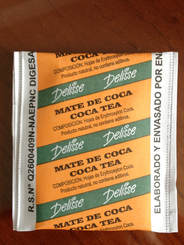 There are many activities at this hotel including: horseback riding, swimming, and bike riding. We didn’t utilize all of the possibilities unfortunately because we were a bit jet lagged and my son was suffering from a bad case of altitude sickness, which meant he spent most of the first day sleeping or not feeling so great. To combat his high altitude sickness I remembered a native remedy, coca tea (or also called mate de coca tea). This helped my son a lot and he continued to request it and drink it during our stay in Quito. The altitude in Quito is 2850m or about 9200 feet… It’s slightly less in Puembo at approximately 8800 feet. 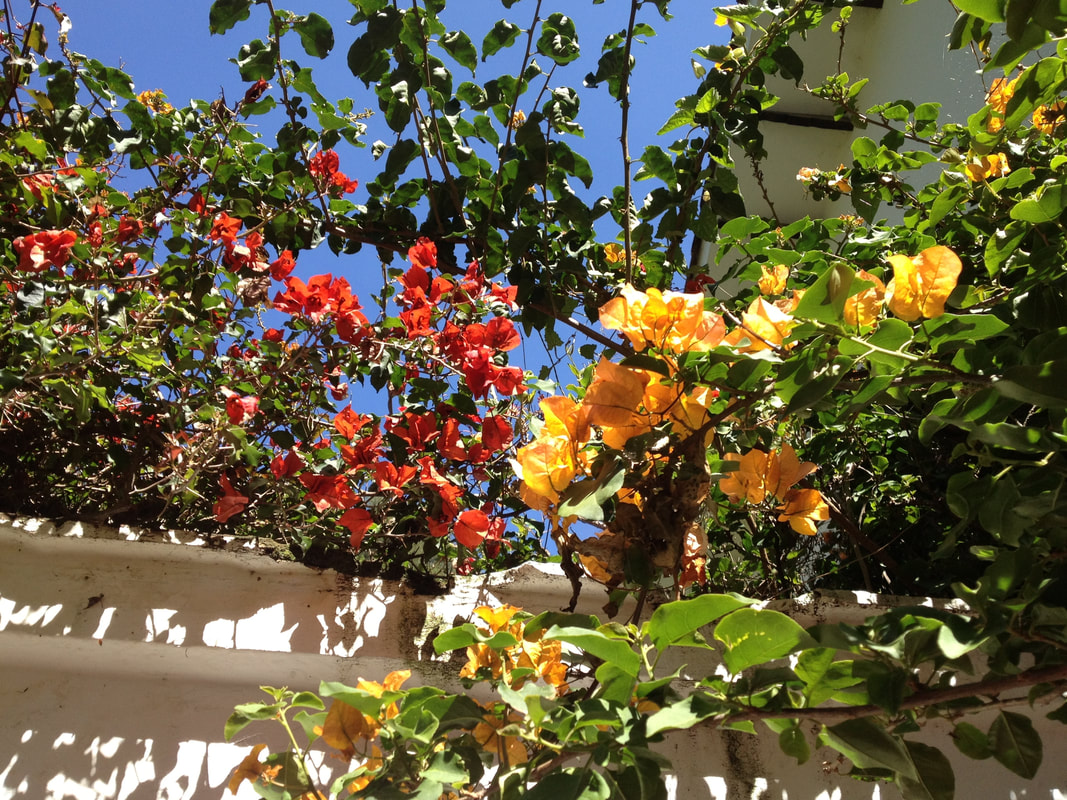 Staying in Puembo the first couple of nights turned out to be a good decision for us because of the free airport shuttle that picked us up in the middle of the night, and the good rate, about $80 with breakfast. And since my son was recuperating it was also a good place to rest and walk around. The grounds were beautiful, and lush; with its beautiful flowers, fountains, pathways, doorways, architectural details, colonial style country buildings, singing birds (including a morning dove nesting on its two eggs (perched right outside our room), and also many unique decorative style tiles and black iron window designs. There were also many other interesting design details. It also felt relaxing just to walk around and appreciate the beauty of the surroundings while we got acclimated to the new climate, language, and culture. This hotel appealed to me because I’m drawn to nature, gardens, flowers, wildlife, architectural details, history, and beautiful old buildings. I also like to take a lot of flower, nature, water, and architectural style types of photos. Listening to the music playing throughout the property also put me in the South American frame of mind, as it was quite authentic, and had a beautiful Latin flavor. We didn’t meet other Americans, but some Europeans, English, French, and Dutch, also many Ecuadorian and other South Americans. The hotel itself was pretty simple, but nice. Nothing super luxurious but fine for what we needed. The staff was a little formal but friendly. I speak Spanish, not 100% fluent, maybe about 60% fluent, so I did most of the communicating with the staff etc., although most did speak English too. The food was also pretty good, with some fresh and local Ecuadorian dishes. Throughout our time in Ecuador we noticed many fresh food options, especially great seafood and fruit. There are also options for all types of specialized diets. 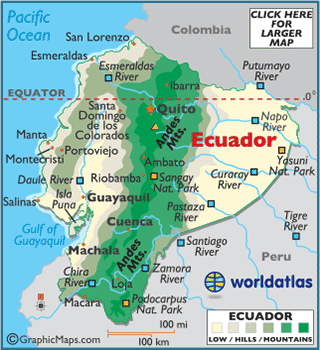 After a couple of days in Puembo we were off to the city center of Quito, about an hour away. At a somewhat higher altitude we were happy to have already adjusted a bit to the higher altitude. One note regarding taxis is that most people still don’t use seat belts there. A couple of times I almost had to pull us out of a taxi, until some taxi drivers literally pulled the back seat cushion out, to show the seat belts underneath. Luckily, it all worked out. I had to explain that as a “Madre” or Mother I couldn’t let us ride in their taxi without the proper seat belts. Once in the city of Quito it was a lot more bustling and certainly more crowded, although still quite manageable. We stayed at the Hilton Colon Hotel in the Mariscal district, because I got a pretty good rate there too. The Mariscal district is their downtown area, and also near some hip bars and restaurants. It’s also near the artisanal “Mercado” or market, where you can get some beautiful craft items for a good price… where you should negotiate… which I did. Driving or walking around the old historical district you notice the beautiful old colonial style buildings, and cobblestoned streets. It’s also a beautiful and popular place to stay, although the really nice places tend to be a lot more expensive. The good news is that the taxis in Quito are pretty inexpensive, normally between $3 - $5 for most taxi fares. In Ecuador the currency is also the US dollar. You can also rent a taxi for the afternoon for about $70. The city of Quito is also known as “The City in the Sky” or “Quito en el Cielo” because it is so high up in the mountains. It’s also known for its old colonial architecture, old city streets, beautiful churches, music, and native crafts. 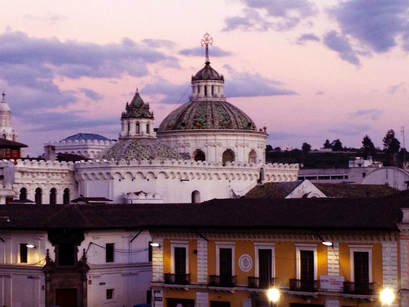 Our first night we went up to the old historical part of town. It was a beautiful and clear night. Many tourist attractions were closed at that point, but some of the churches were open, having Mass, so we were able to enter and look at the insides of the churches, many with ornate decorations and beautiful paintings and sculptures. I came upon some beautiful and simple scenes, whether they were religious sculptures, paintings, or children singing. We walked in on a few surprise Christmas music concerts during our stay. Some “Quitaños” mentioned that Christmas is celebrated the whole month of December, with special lights, fireworks, music concerts, and more. In Quito there are many beautiful buildings, monuments, and sculptures that line the city streets, especially surrounding Plaza Grande or Plaza de la Independencia. There are also many important museums and churches in this area. We also ended up looking for and finding another significant neighborhood in Quito, called La Ronda. I heard about this place from my seatmate on the plane flying to Quito. She told me it was a great place to go in the evening. La Ronda, it turns out, is one of the oldest neighborhoods in Quito, with very narrow cobblestone streets, and typical restaurants, and small shops. We weren’t sure where to go at first, as we passed what seemed like a large procession of policemen, but somehow stumbled upon an old restaurant, near a little shop that I went into. The main dining room, it turned out, was full, but they said they would set something up for us near the balcony. At first we thought we would be the only ones eating in that area, but then within 10 minutes, another 20 people or so filled the space with us. 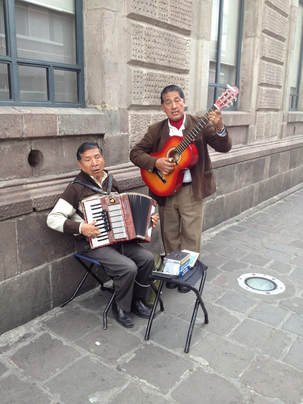 Then moments later, much to our surprise, we heard loud music, and people cheering and descending down the street, in a procession, and seemingly sharing some type of important celebration. They were singing as some played traditional Ecuadorian musical instruments. Then they all stopped right in front of our restaurant, including the large policemen group that we saw before, as well as locals, a priest, and many others. It turns out there was a rare blessing or some type of benediction for the neighborhood of La Ronda and it happened right in front of our restaurant. I immediately got up and watched from the balcony. Because we were on the balcony we almost felt like we were part of it. I was able to watch up close, not only the processions of people below, but also the others that were watching from their flower filled balconies, including the old wrinkled man who stumbled out of his apartment to see what was happening. It felt like something special to witness this special event. All the people we met in Quito were very friendly to us, often trying to help us find our way if we were lost. It’s possible we may have stuck out a bit, being a bit on the tall side, and with blond, auburn, or lighter brown hair. Because my son is pretty tall for his age, some mistook him for an older teenager, and would give him “boite” or dance club suggestions, or offer him alcohol. Sometimes I had to intervene. Many people would also greet us throughout the day, no matter if they knew us or not, with a “Bueños Dias” or an “Hola”. Schoolchildren were also quite curious about us and would often smile and light up at us if we spoke with them. Many would talk to me, and ask us about what we were doing, where we were going, and why we were visiting etc. It was great to talk with the locals, hear their stories, and practice my Spanish too. There are also other tourist attractions near Quito, including a huge artisanal market in “Otavalo” (which I visited on my first trip to Ecuador), and the cute town of Mindo (known for its beautiful birds and architecture). Both places are around two hours from Quito. Another beautiful attraction is the volcano and national park, “Parque Nacional Cotopaxi”, with its national park and many hiking trails. And of course there is the official line of the Equator, “La Mitad del Mundo”. 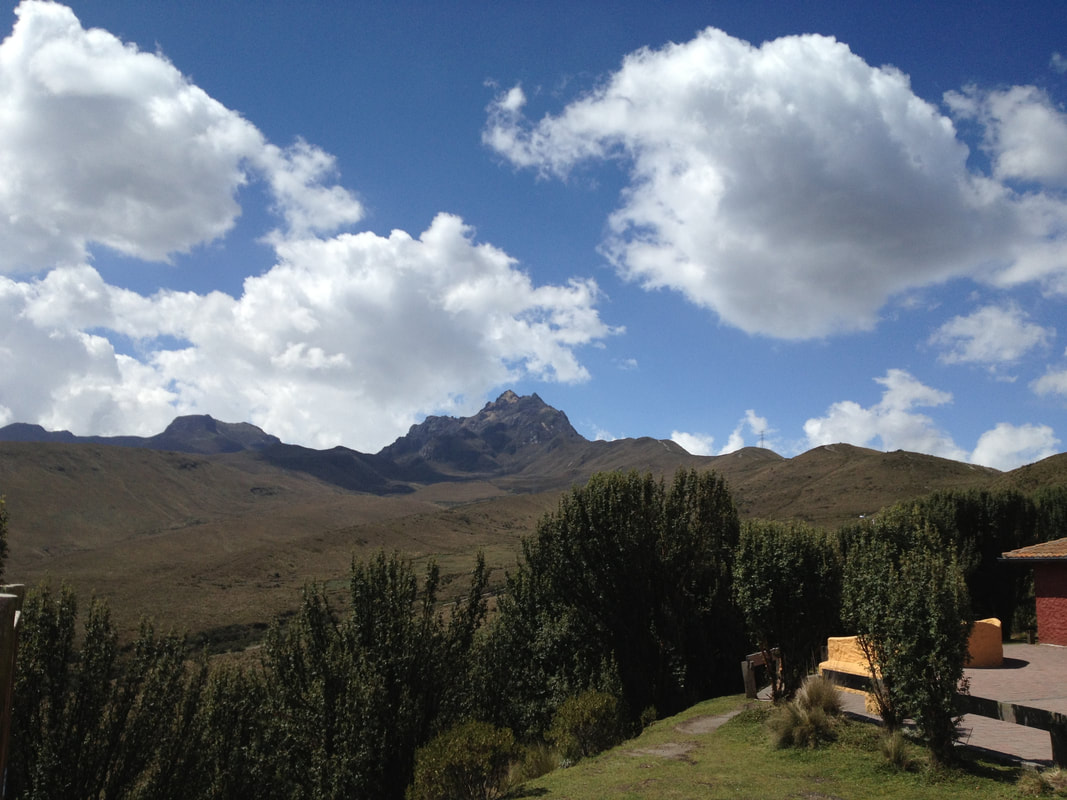 We also spent one afternoon going up the “TeleferiQo”, a ski type tram that goes up the nearby mountain of “Volcan Pichincha” for a great view of Quito. Although it’s important to note the altitude is even higher up there at 13,125 feet, with much thinner air, so it is recommended to wait a couple of days before attempting this. We went up in the “TeleferiQo” on our third day in Quito. The view was amazing of the mountains and city… even with the emerging clouds. There are also trails and a small chapel to see. Although it is a little harder to breathe up there, so it’s important to take it a little easy. Overall we really enjoyed our time in Quito, getting to know the people, seeing the sites, including the old colonial architecture, beautiful churches and monuments, and coming across the surprise musical concerts, events, and lights. Quito is a bit of a surprise… a good one we found. ~Siovonne Smith We are in Luxembourg. Flying into Luxembourg’s Findel Airport was a less expensive alternative than Schiphol (Amsterdam) as well as a new destination for us. Also, it is not too far (under a two hour drive) from where we were staying in Maastricht in the southeast of the Netherlands. We stayed in a rather unusual hotel, the Bel Air Sports and Wellness Center, in the small town of Echternach which is about a half hour west of the airport and is the oldest town in all of Luxembourg. While Echternach is adorable, the hotel is not quite right on the inside. I would call the décor just this side of millennial-thrift shop-loft-hipster, too tacky to be considered good taste with its German Biedermeier meets Laura Ashley and Andy Warhol, but it is clean and cozy. We got a very rate of $100.00 through Expedia for the first night but the second time through, it cost $230.00 and wasn’t worth it. I found Luxembourg City to be like many other European cities – wide avenues with government buildings, new modern office buildings looking over the park, the requisite cathedrals and the old part of the city with narrow streets not meant for cars, and crooked buildings hundreds of years old. The thing I really liked about Luxembourg though, is just a few kilometers outside the city we drove into the most beautiful countryside with fields, cows, pastures and forests. Old barns were well kept and all the food we ate was unbelievably fresh, I imagined from that. I might add here that going to Europe in the spring is worth the chilly air and rainy sky. The flowers and budding trees and sweet green fields are a movable feast for the eyes. Renting a car is definitely the way to go [CAR REVIEW HERE] because we were able to drive off the beaten path and explore the villages. As I eat my first dinner I think, “Is the butter this good in Luxembourg because I don’t eat butter normally and I miss it? Or is it because it just came out of the cow? And the bread! If there is one thing the Europeans do well it’s bread. My first dinner consisted of fresh baguette with creamy butter dipped in marinara sauce with a nice glass of house rosé wine and that was completely adequate with me. The other fun thing about Luxembourg is that they speak a multitude of languages: French, German, Dutch, Flemish and Italian. Dennis enjoyed practicing speaking all of these in the restaurant. I am struggling to learn Dutch and become fluent in Spanish. I try to conjure up some high school French but it is clearly buried deep, deep in my psyche. The thing I loved the most about where we stayed is the forests, rivers and fields. It conjured up my youth in Pennsylvania and how I never tired of exploring and playing in the thick woods behind my house and the pastures and streams on the lowlands of our family farm. There are amazing hiking/bike paths that wind along with the Sauer River and I look forward to coming back here when I can walk again. (In case you didn’t know, I broke my leg skiing in Jackson Hole, Wyoming.) They call this place the foothills to the Alps. It is in the Region Mullerthal. If you are interested in hiking or biking, check out www.Mullerthal.lu.  American Airlines Special Services. They went above and beyond the call of duty helping me travel with my broken leg. We were given bulk head seats on all legs of the journey (no pun intended). I was able to put my carry on next to the seat divider and prop my leg on a pillow the whole trip. Of course wheelchairs were at the ready when leaving and arriving. Particular shoutout to Tanya at headquarters in Dallas and Tito in London Heathrow. Thanks! What I discovered about myself:
1. I am afraid to be dependent on someone else. It is very difficult to travel with the use of only one leg. I imagined if my plane went down, I would be unable to evacuate quickly before erupting in a giant jet fuel fireball. Never mind, if my plane went down I most likely wouldn’t make it anyhow. 2. I love bread and butter. 3. Good Riesling wines are good. If heaven fell down on the earth it would smell like Kuekenhof. The flowers are a visual feast of every type of tulip that exists, plus cherry blossoms, rhododendrons, daffodils, lilacs, crocuses, and sweet green grass. It was chilly but of course you have to go April/May when all is blooming.
Our main purpose in going to Florida was the Wylie Family Vacation - with my entire immediate family - in Key Largo. We flew into Miami early, rented a car and drove north to Palm Beach Gardens so I could also use this trip to meet Dennis' mother and stepfather, and his ex-stepfather, all for the first time. They were all very gracious and I greatly appreciated their hospitality and finally meeting them. In Palm Beach Gardens, I was struck by the magnificent Banyan trees with their intertwined roots and thick trunks. I loved seeing them everywhere we turned; they felt safe to me. I took many photos and I even climbed one of them.
In addition to my family vacation, my mom was turning 80 years old, an important milestone worthy of a grand celebration. While Key Largo was nice, the real attraction there was hanging out with my family. In what turned out to be my favorite part of the trip, a group of us took a day and drove down to Key West. One day was not enough and I vowed to go back and spend a week there. After almost three hours of driving south over many bridges, and surrounded by water with swirls of sage and turquoise color, it was apparent to me that we had reached the end of the world indeed. We posed for a photo at the end of the Highway 1 sign (or was it the beginning?) to mark the achievement. Key West is Gone With The Wind meets Old Man And The Sea with weather that was humid and almost equatorial even in January. The neat clapboard homes and businesses were surrounded by palms that promised shade but didn't come through on their promise like a bad set of parents. Chickens roamed around the dirt floor of our lunch restaurant, picking at imaginary grains as we sipped on authentic mojitos stuffed with fresh mint leaves. The food was a mixture of Cuban, Dominican, Puerto Rican, and Creole. The architecture antebellum southern, Caribbean island with a smattering of Spanish colonial. Surrounded by ocean everywhere we looked, the turquoise expanse beat at the shores on both sides and threatened to envelope the city. I wondered vaguely how it had stayed intact over the years of weathering hurricanes and now rising sea levels. I felt an urgency to return to this magical place. A good friend of Dennis owns a wine store. We found it and stopped in for a visit unannounced which seemed to be quite acceptable in Key West. We had a great afternoon as he uncorked $100 bottles of wine, drinking, laughing, talking and reminiscing. The only problem was that we got a little tipsy and missed touring the Ernest Hemingway house by only a few minutes. We tried to bribe the gatekeeper to no avail. Another reason as to why I have to return. After a dinner of rice and bean soft tacos and fried plantains, we reluctantly made our way back to the car. The drive back to Key Largo was dark and lonely and missing a view of the sea to placate us, but the effort of traveling to Key West was well worth it. The Wylie Family Vacation was a big hit. Dennis had the idea to take pictures of everyone in the family and paste them in an album along with a hand-written note to my mom. She didn't get through the first two pages without breaking down in tears. We played many games of beer pong, watched football, sang karaoke, cooked and ate wonderful food, talked and played with the great-grandkids - all my favorite things. It was a wonderful trip. I have to acknowledge my family as we all got along amazingly well and there was little drama, which I realize is probably a rare thing in a family of over 20. We left in the morning, drove two hours north and spent the afternoon walking through the art-filled streets of Wynwood, Miami, with Sophia, Meghan and Camilla. If you love art, as I do, visit Wynwood! It was a movable feast for the eyes. We made our way back to Dennis' mother's house and spent another couple nights before leaving Florida. What I learned: Florida is a national treasure that we must do everything in our power to protect. We were on our way to The Netherlands for business meetings. We flew into Brussels where the flights were cheaper, rented a car, and planned to drive the two hours fifteen minutes to Hillegom. At the last minute we decided to stay in Bruges for three days for a respite from all the hard work and traveling we had been doing. Dennis said that Bruges is his favorite city on earth and I think I might agree with him now.
We booked an Airbnb about an hour's walk outside the city in a little town called, Oosternijk. We stayed in a converted barn and our next door neighbor was Sky, a majestic, semi-retired Lippizaner. The farm sat close enough to the canal to dip it's grass into the water and there was a lovely path where I could walk into the city each morning. Out of all my walks in all the cities I've visited, this was my absolute favorite. The entire path was along a canal. An hour was the perfect amount of time. I was surrounded on all sides by green fields and pastures, and old but meticulous barns. Every couple hundred feet there were these little building that looked like bunkers of some sort. It does not escape my attention that I frequently run into reminders of WWII in Europe. It seems for the people there the remains of bunkers, bombed out buildings, graves, and battlefields are always back of mind and front of memory, even though the horror may be covered with vines and flowers. What is Belgium known for? The chocolate, waffles, and beer. We try a little of the former two and a lot of the latter. It is hot and the chocolate shop is closed one day because the chocolate is melting. We stop at the oldest restaurant and have a lunch of lasagna which is the best I've ever eaten. The Belgium beer is indeed rich and tasty while still light. My favorite is Zots, which I am told is made by monks in a nearby compound, which I struggle to reconcile - the idea of monks making and selling beer. I am not much of a beer drinker but when in Belgium ... After noticing items in all the shops with poppies, I finally ask a shopkeeper the significance. She tells me it was a symbol of remembrance from the 'great war.' Once the conflict was over the poppy was one of the only plants to grow on the otherwise barren battlefields. The significance of the poppy as a lasting memorial symbol to the fallen was realized by the Canadian surgeon John McCrae in his poem In Flanders Fields. I felt like I had been transported back in time in the magical city of Bruges, with its winding streets and canals, parks, and architecture. It is a perfect three day stopover, but we have to leave. On the way out we stop at the beach in Knokke-Heist for lunch. I miss the beach. What I learned: We must always remember the horror of war and try not to let ourselves become complacent with the beauty surrounding us. In case you haven't heard of it, and most likely you have not, Renfrew is a small farm village that is in Butler County, and the location of my family farm. It is also my go-to place to relax, get special projects done, visit my family, and generally soak up lots of love and pampering.
The founder of the village was John Renfrew. He came to America from Scotland in 1774 at the age of seventeen and settled on the banks of the Connocochigue Creek, in Franklin County, He built one of the first gristmills (grinds grain into flour) there, having purchased the land in 1778. This property is still in possession of the fourth generation of Renfrews, and the old stone mill is still standing. John Renfrew, who was a Revolutionary soldier, married a Miss Thompson, and they became the parents of five children. He died in 1844 at the advanced age of ninety-six years Pennsylvania is also a home to many religious societies that looked for religious freedom in America. These include the Mennonites, Utopian Harmonists, Amish, and Quakers. Our first family farm was located in Harmony, PA, which is where I did most of my growing up. The Harmony Society was formed in Germany in the late 1700s, but relocated to the United States due to religious persecution. The group, led by Johann Georg Rapp purchased 3,000 acres of land in Butler, Pennsylvania to build the beginnings of a society that would last for roughly 100 years and build three successful communities in the U.S. Two of these communities were located in Pennsylvania. Members of the Harmony Society were known as Harmonists or Rappites and they put all their goods in common. Because they believed that the second coming of Christ was close at hand, they did not put effort into gaining converts. The Harmonist Society is remembered best for its financial success and the attention it gained from economists and politicians nationwide before its dissolution in 1892. Originally, most of the population of Butler County were farmers and from Germany. I grew up in an extremely homogenous area that is, in my opinion, still isolated in their location and viewpoints, but I try not to pay attention to that. I am here for the best sweet corn you will ever eat, the taste of homegrown vegetables, the smell of freshly mown grass, fireflies flickering on hayfields, brilliant orange sunsets, family parties and picnics, and the quiet. The quiet. Not to brag, but my mom still takes care of me. She cooks for me and would clean up after if I let her, makes coffee in the morning, washes my clothes, and folds them. I am in the enviable position of having a mother that still takes care of me at my age. I know this. This was a big trip for Dennis and I because it was the first time he was to meet my family. Almost all of them still live there. My three brothers, most of my nieces and nephews, my aunts and uncles, and many cousins. I recognize that it is crucial to my emotional well-being to come back here to visit, to contemplate, to steel myself to withstand the difficult and sprawling megalopolis known as L.A. I know that any of my family who moved away feels the same way I do ... the importance and even the urgency of coming back here to visit. My favorite local restaurants: 1. Harmony Inn (not an inn) 2. Log Cabin Inn (also not an inn) 3. Rachel's Roadhouse 4. Clifford's Restaurant (call ahead for a reservation which is hard to get) Fly into Pittsburgh International Airport. Rent a car. Drive about an hour north on Route 79. Get off at the Evans City exit Route 528. Use your GPS from there. Thing I Learned: There's no place like home. Things to do near Renfrew: 1. There are no hotels in Renfrew. There is a Beacon Hotel, but you can't stay there. You can only drink beer and eat there. Same with the nearby Harmony Inn, But there are some in the neighboring towns of Cranberry, Zelienople, and Butler. I've never stayed in any because I always stay with my mom. The summer has many worthy activities such as the Butler County Fair (the location of every vacation of mine growing up) and boating on Lake Arthur at Moraine State Park, but I would rent a car and drive up Route 79. That trip would take you through farm country, past lakes and rivers, little towns and villages, Amish country, and all the way to Lake Erie and Niagara Falls. 2. Drive south in the spring and take a day whitewater rafting on the Youghiogheny River in the spring. I've done this twice and it is exhilarating and well worth the trip. From there I continued on to Fallingwater, the stunning Frank Lloyd Wright-designed house built over a waterfall, south of Pittsburgh. When my kids were little, we also went to Gettysburg National Park and museum (which is far, far more interesting than I ever thought it would be) and Hershey Park, for the kids and the chocolate. 3. Hiking and Biking. Western Pennsylvania is home to many fantastic trails most of them converted from old train tracks. One trail goes all the way to Washington, D.C. 4. Horseback Riding. I grew up riding horses, so I never had to rent. But there are places to rent horses if you google it. I can tell you that Pennsylvania has probably the most beautiful trails of anywhere in the U.S. We used to start out in the morning, and not come home until sunset. And one of our goals, was to find a different way home - not just turn around. Thanks mom for letting us do that and not worrying too much (something I'm not sure I could do with my children). 5. Visit Pittsburgh about an hour and a half south of Renfrew. Consistently voted as one of the top ten cities in the U.S. to live and most recently, named one of the "Best Places to Travel in 2017," by Harper's Bazaar, Pittsburgh has a lot to offer - too much to list here. So do some research and visit! Let us know what your favorite Pennsylvania activities are. I'd like to explore some new places and activities the next time I go home to visit! |
Details
AuthorCynthia Wylie Archives
January 2018
Categories |

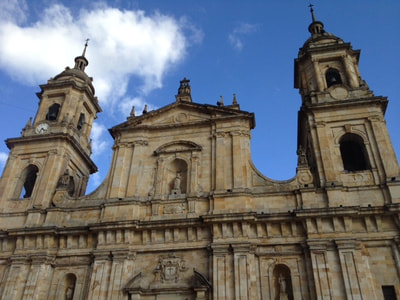
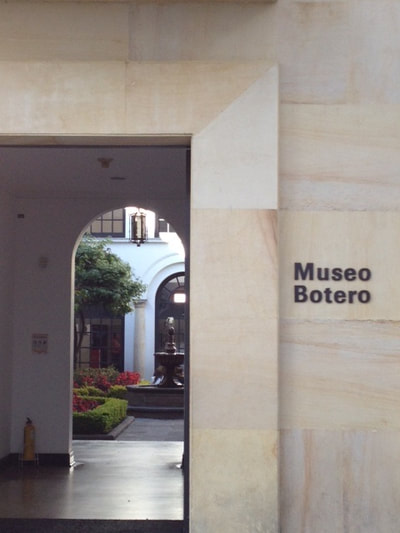

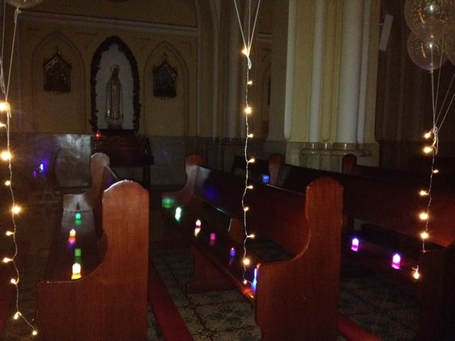
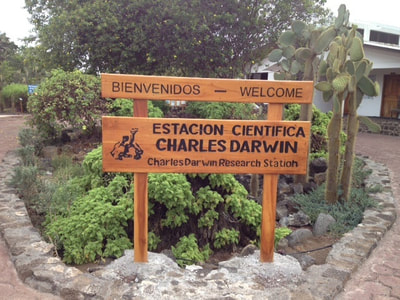
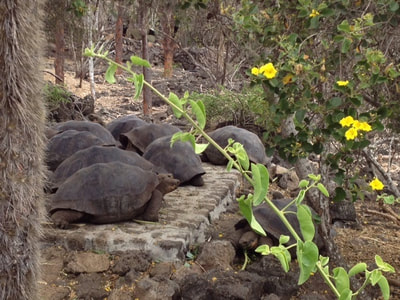
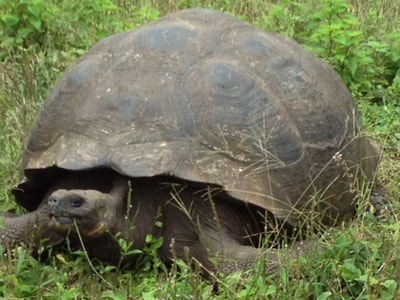
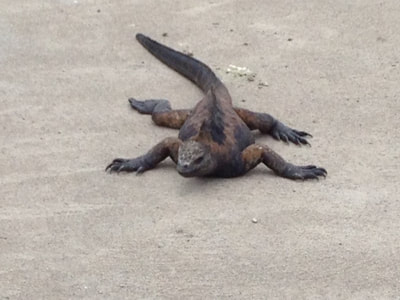
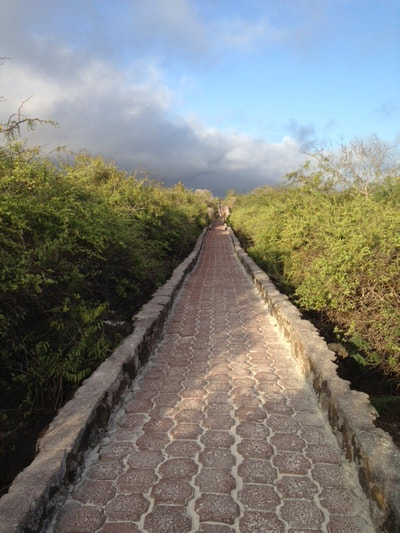
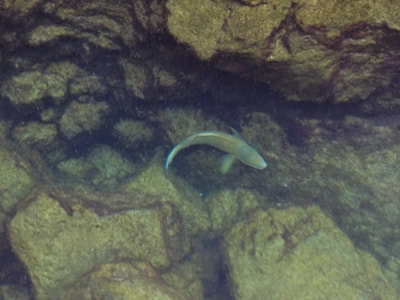
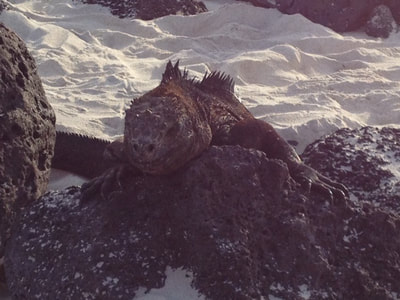
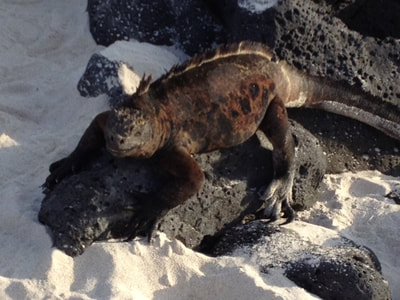
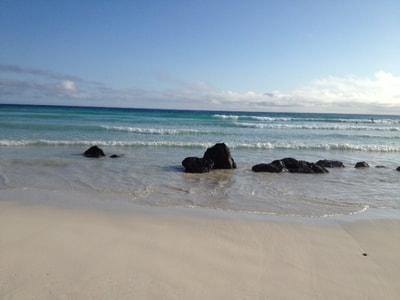
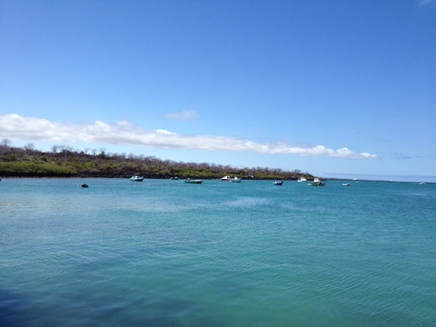
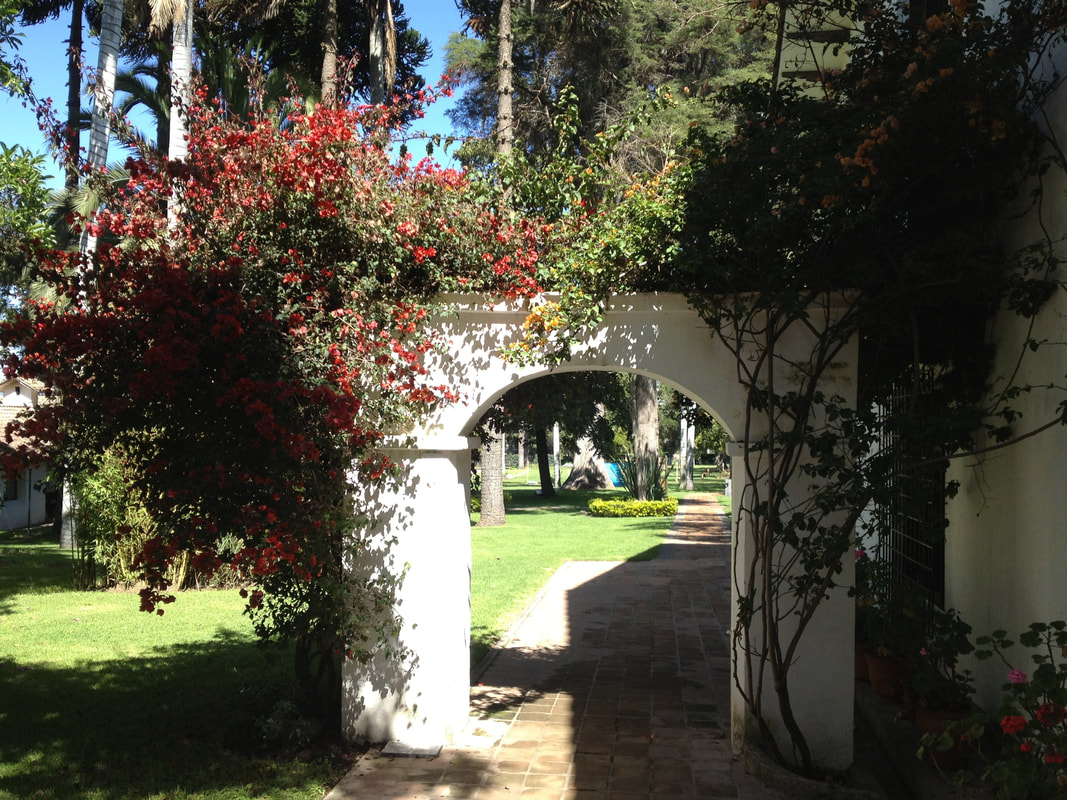
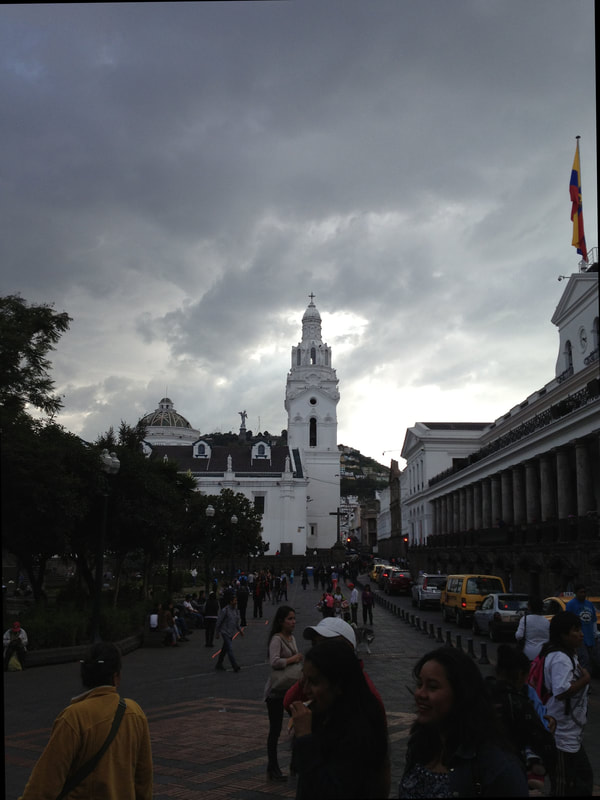
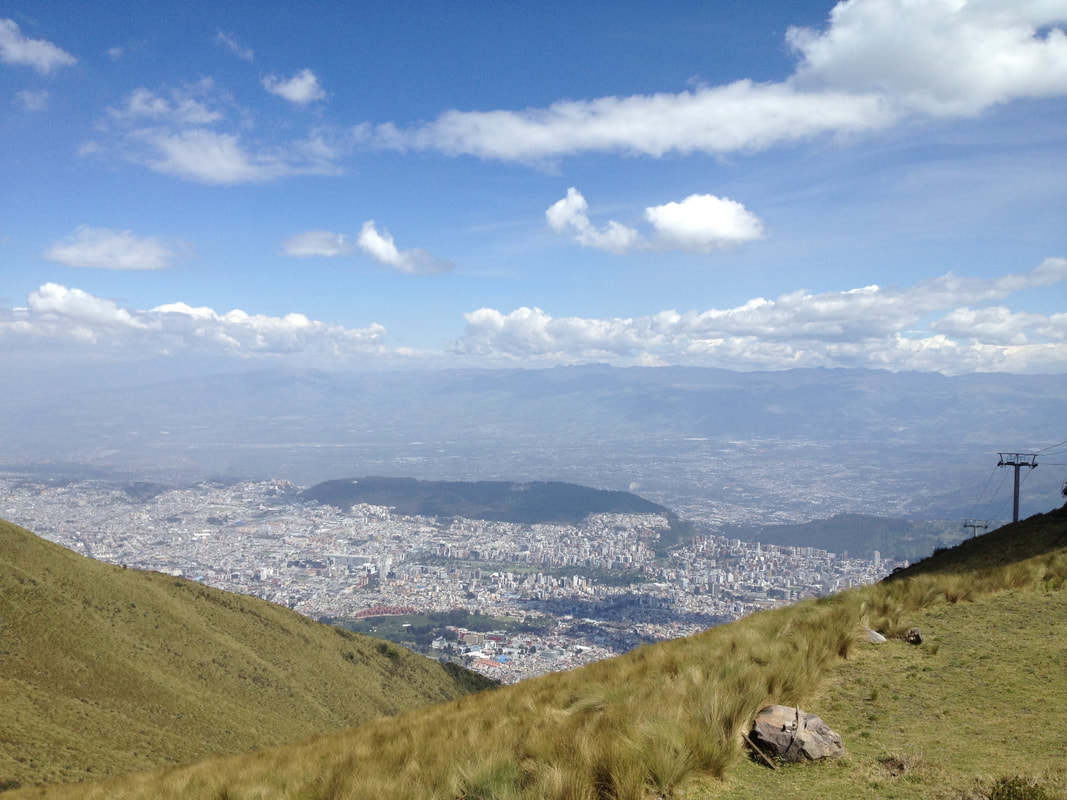
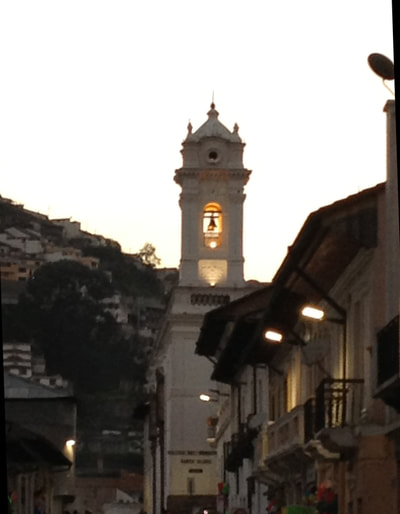
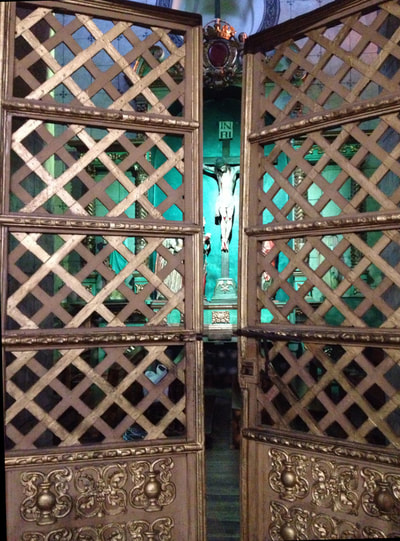
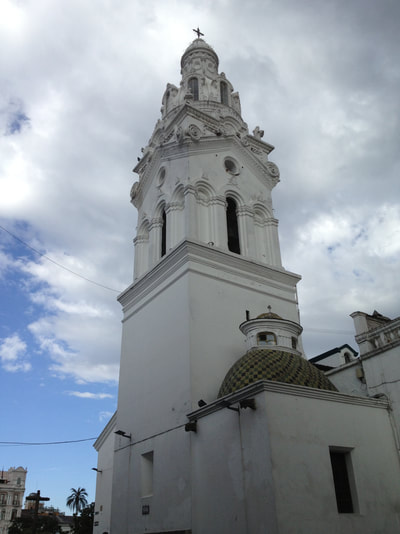
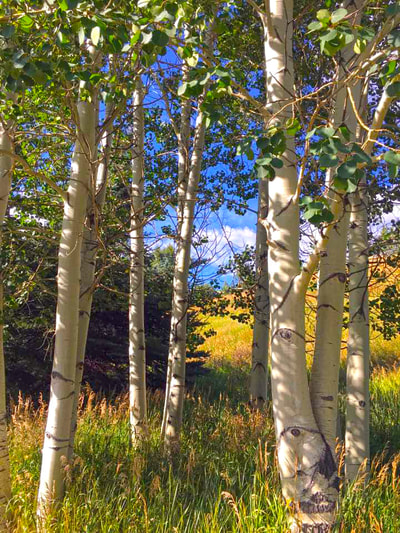
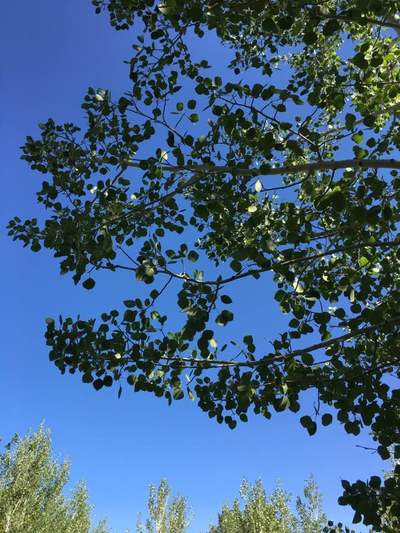
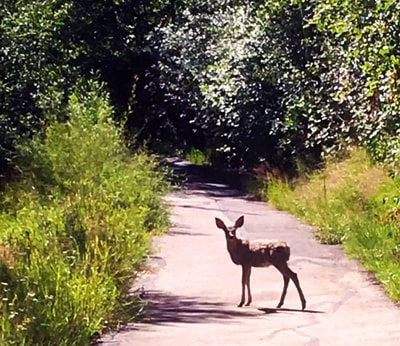
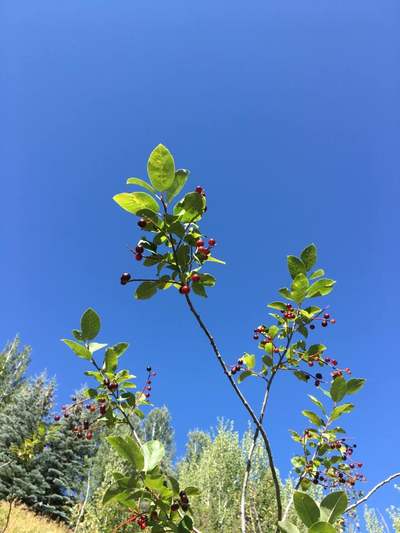
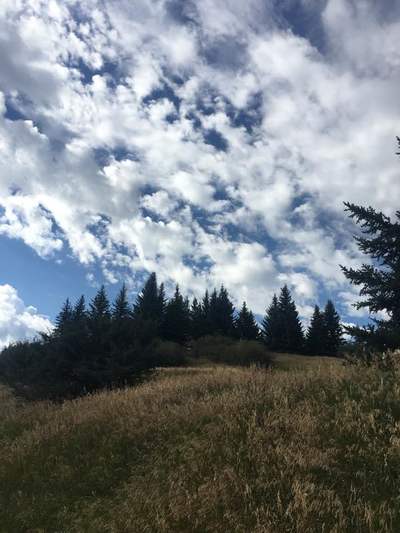
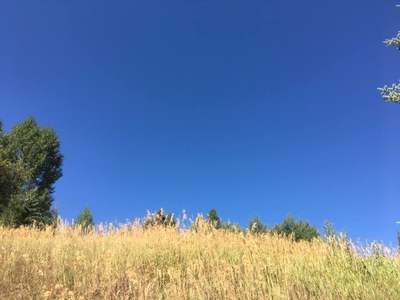


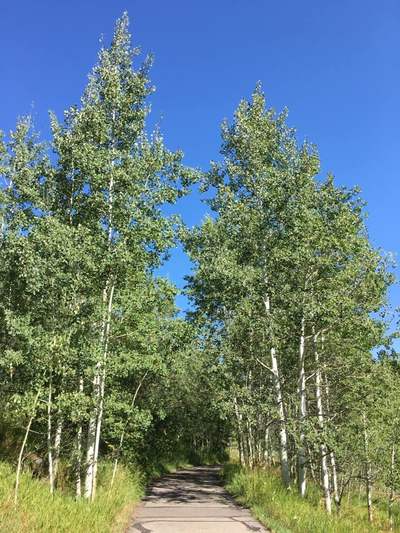
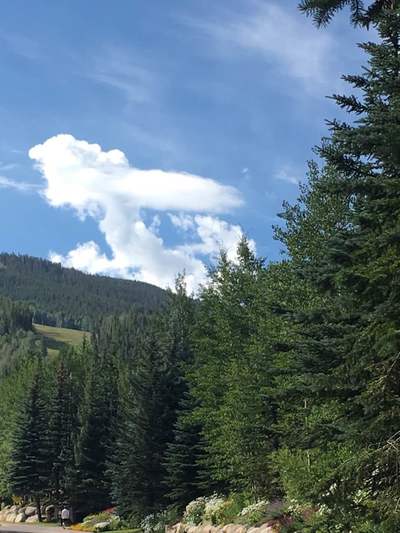
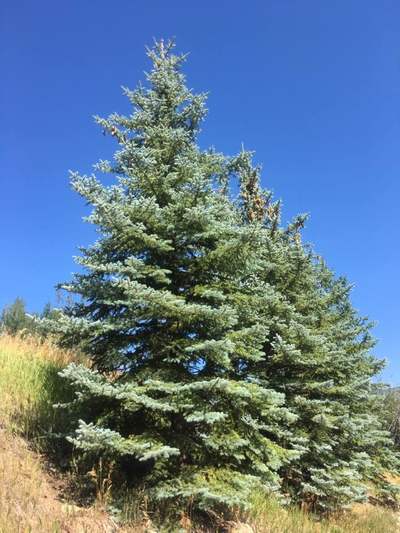

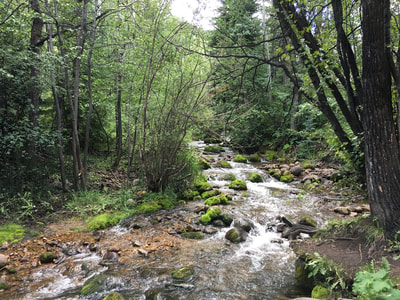
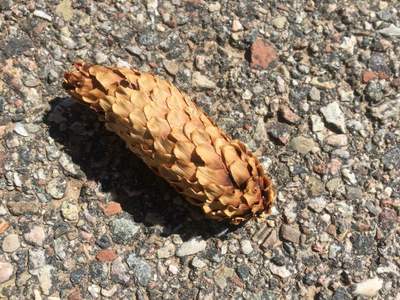


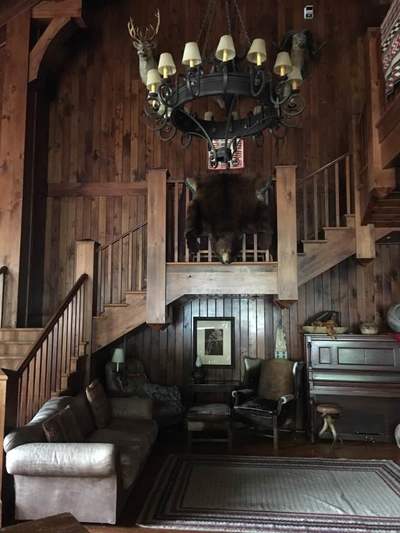
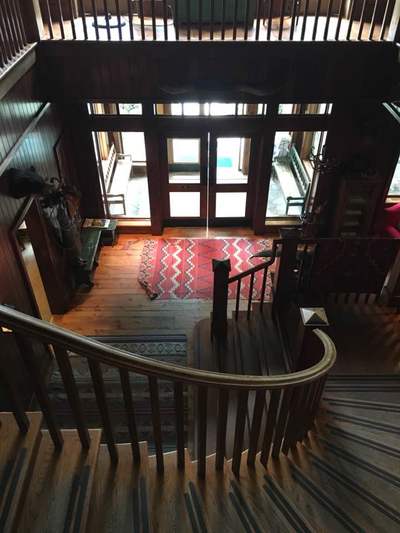
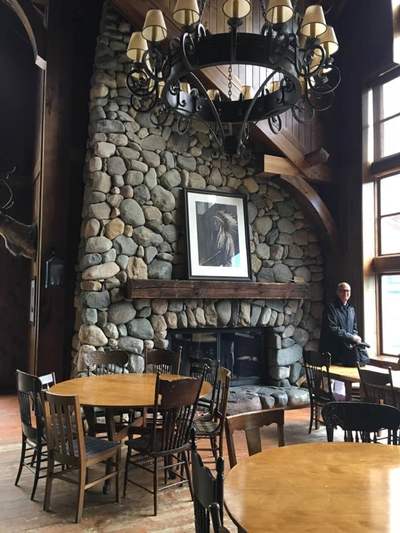
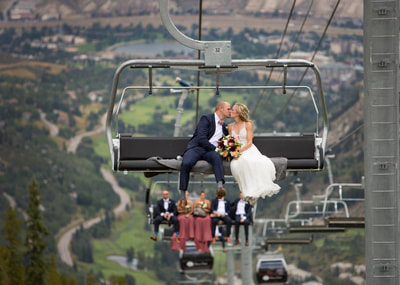

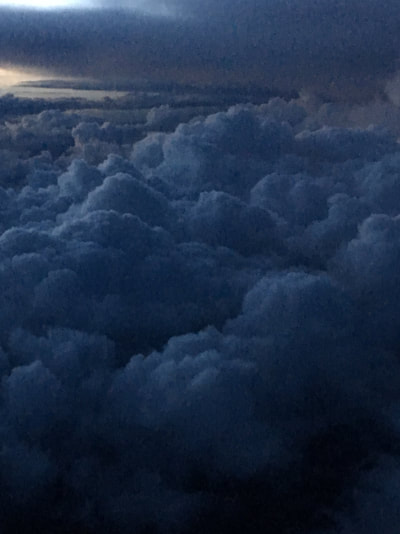
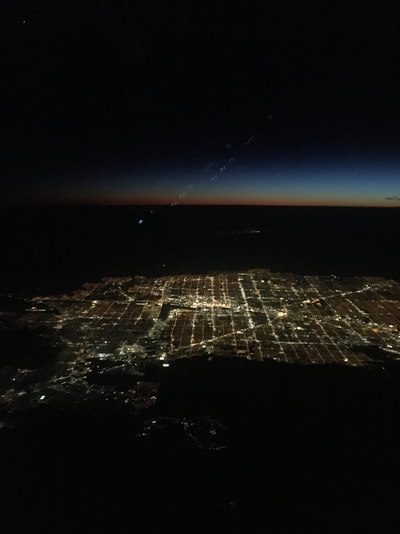
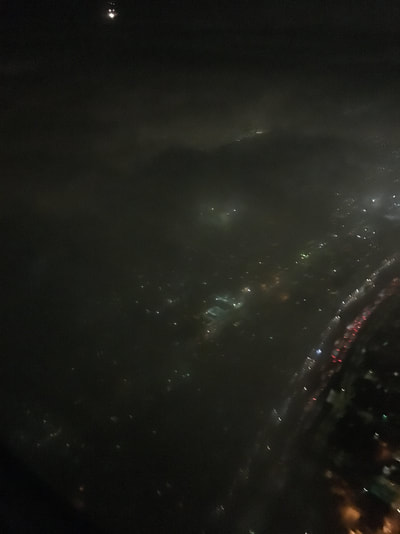
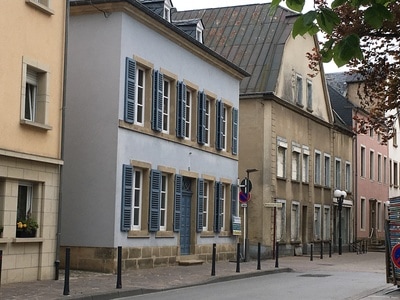
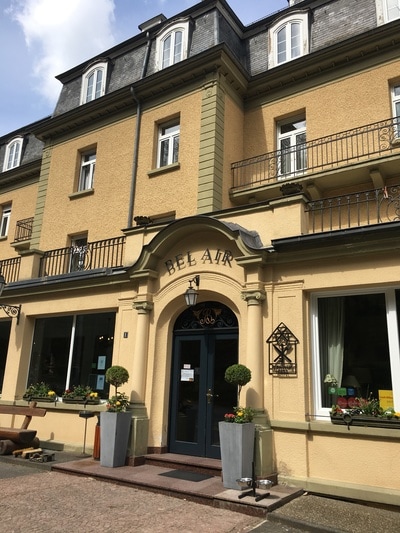
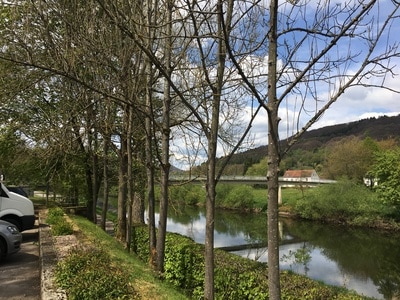
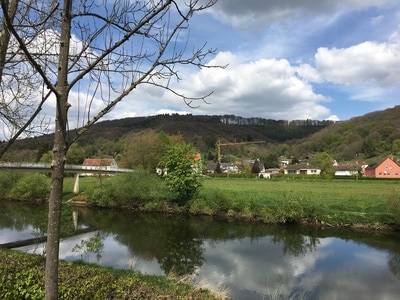
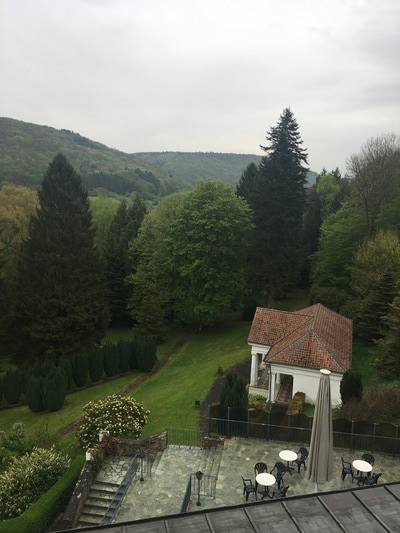
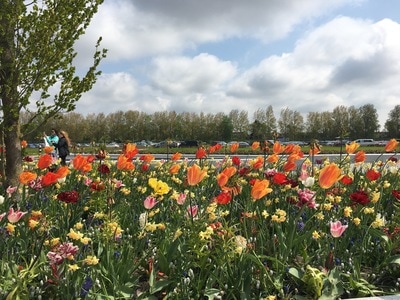


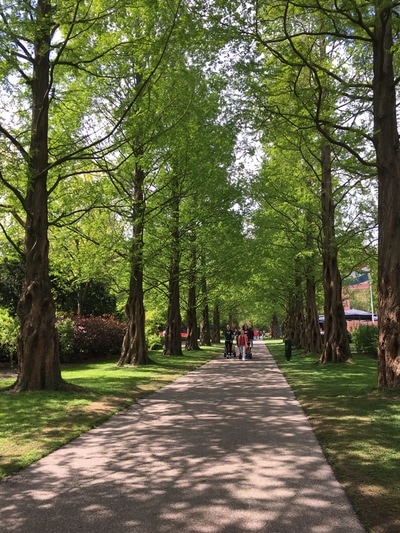
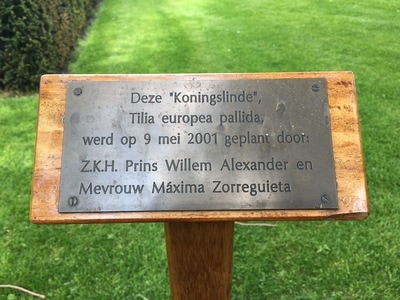
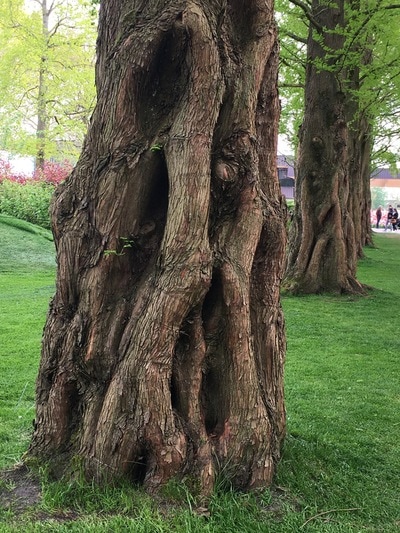
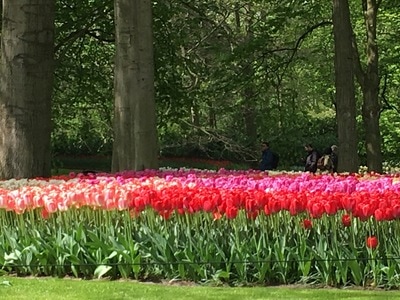
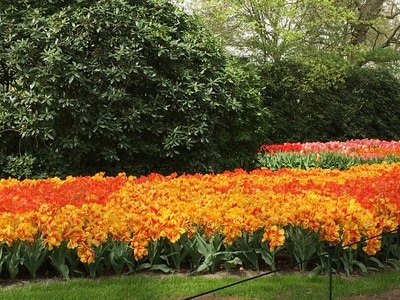
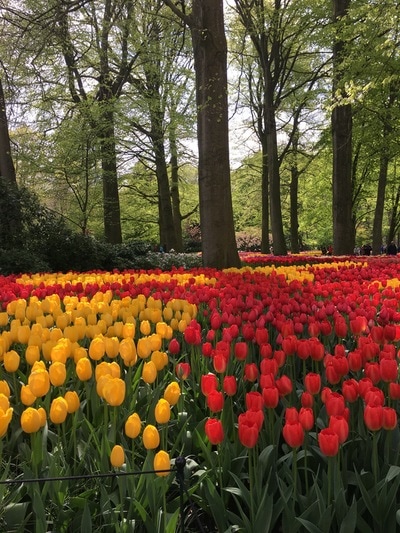
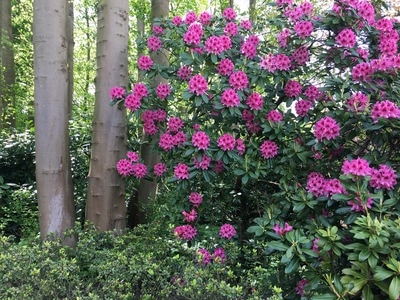
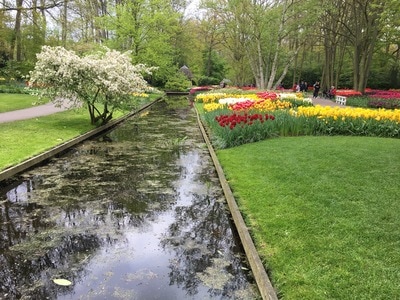
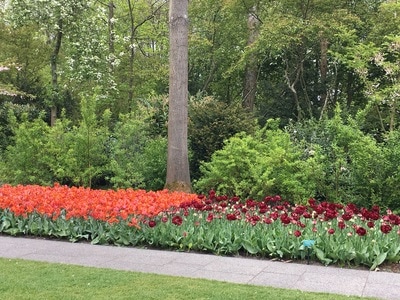
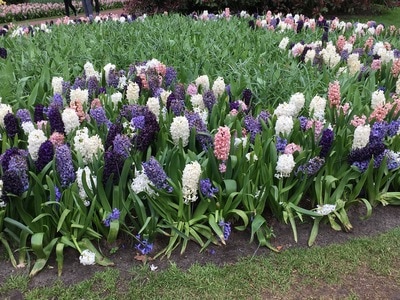
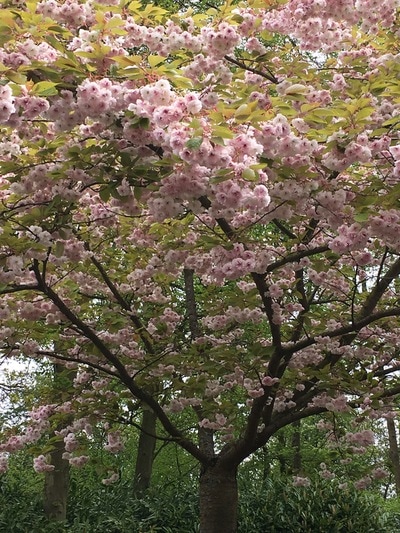
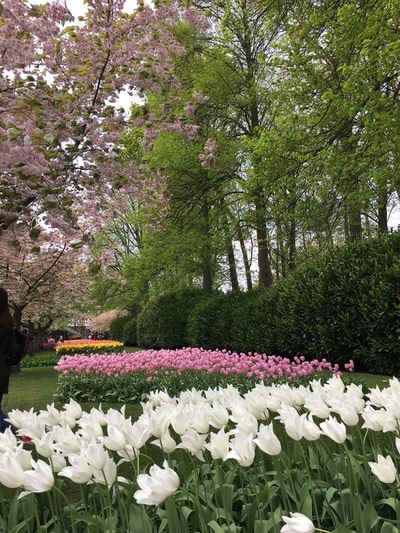
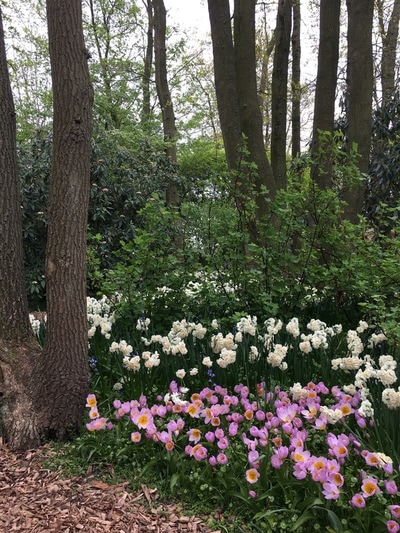
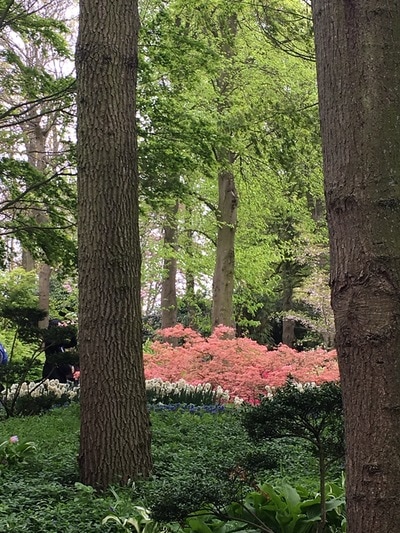
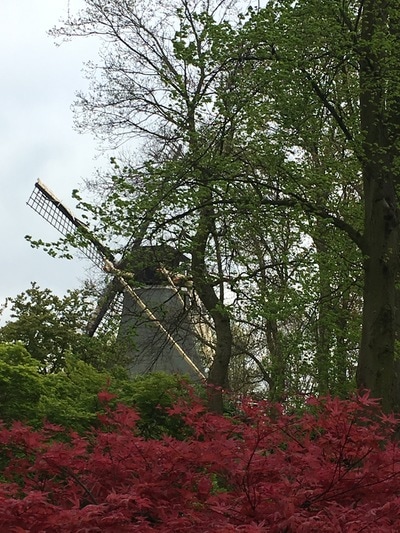

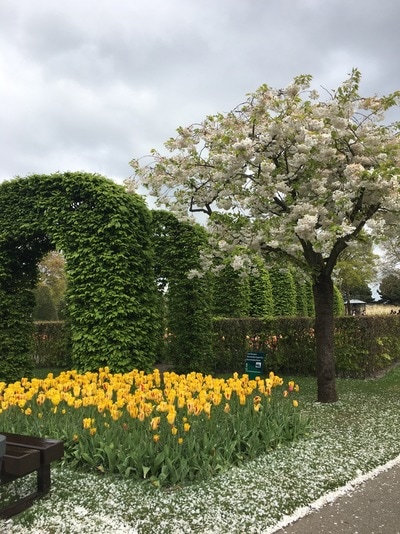
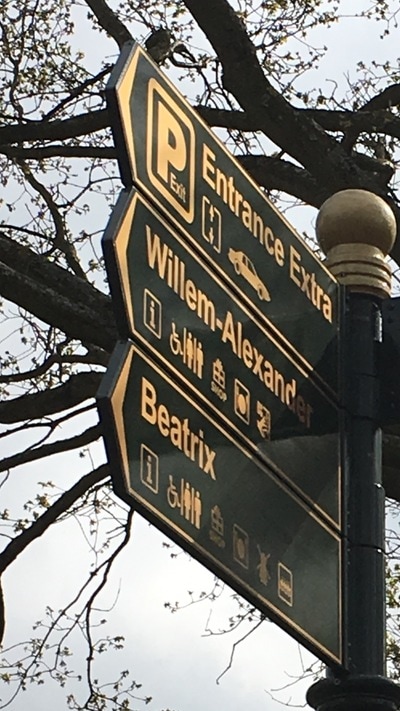
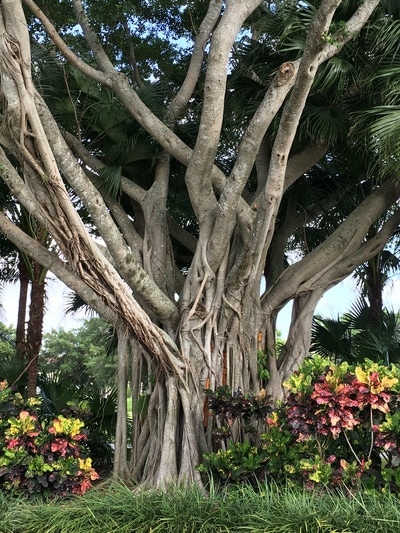
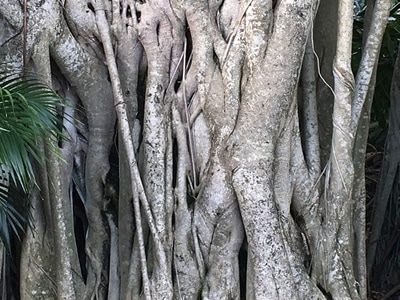
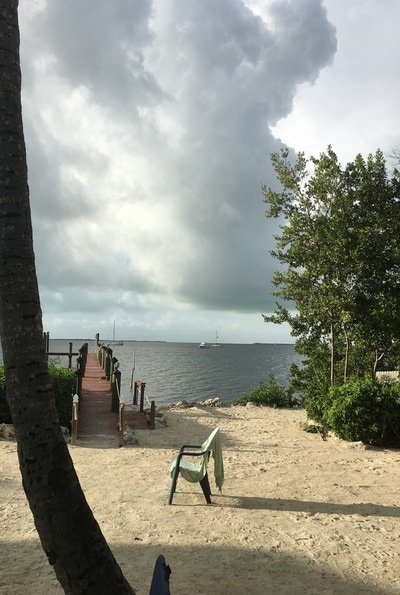
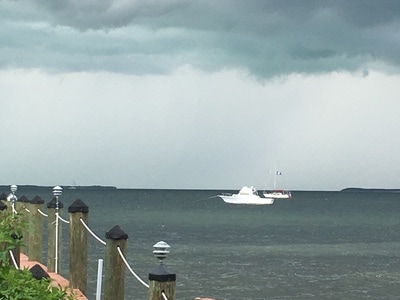
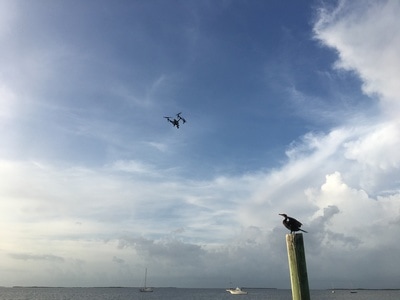
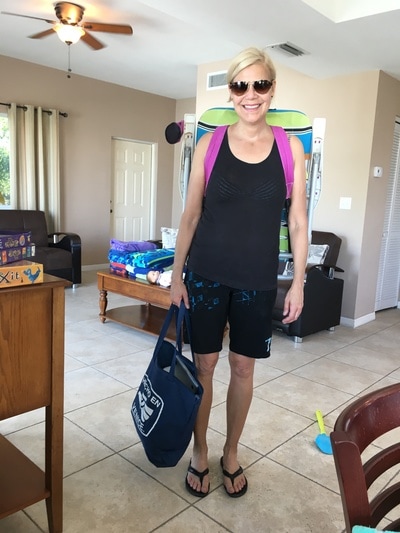
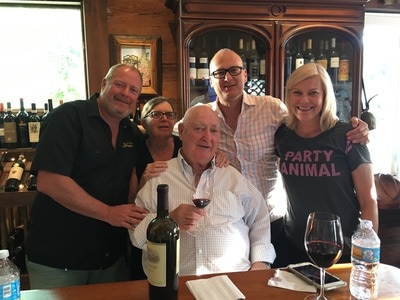
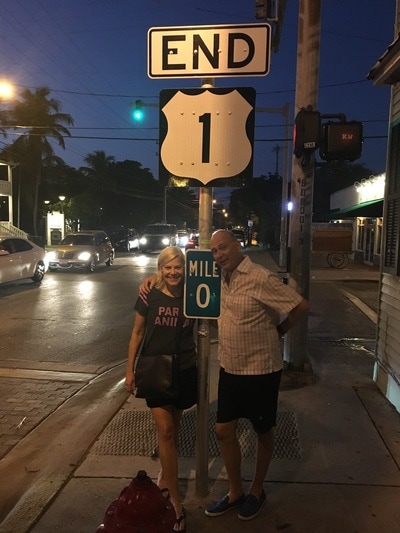



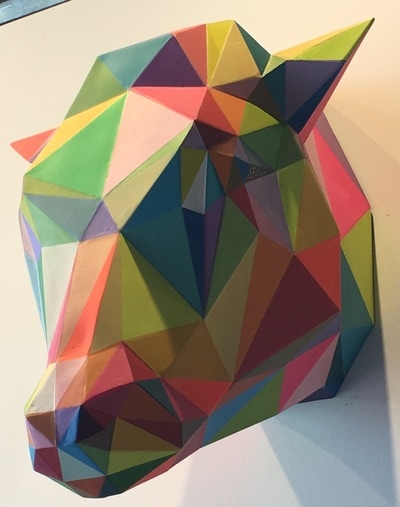
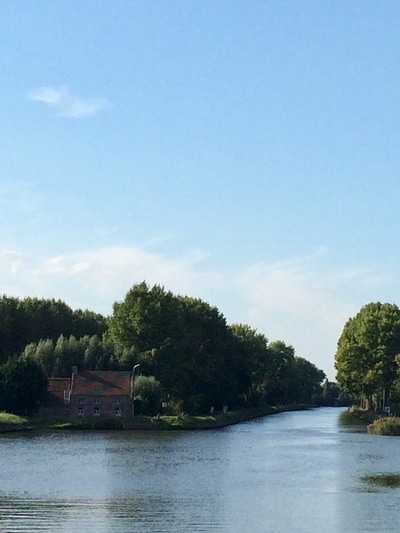
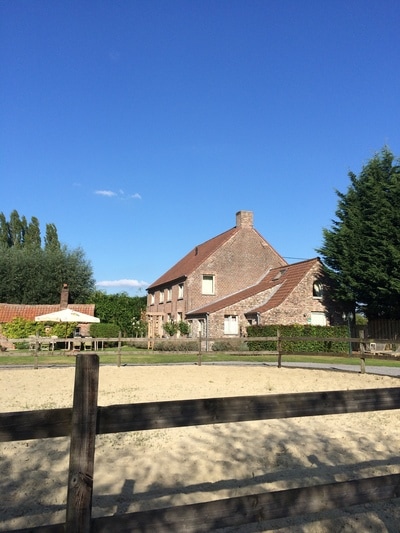
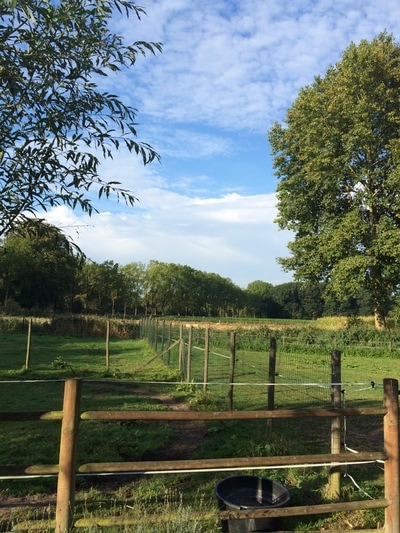
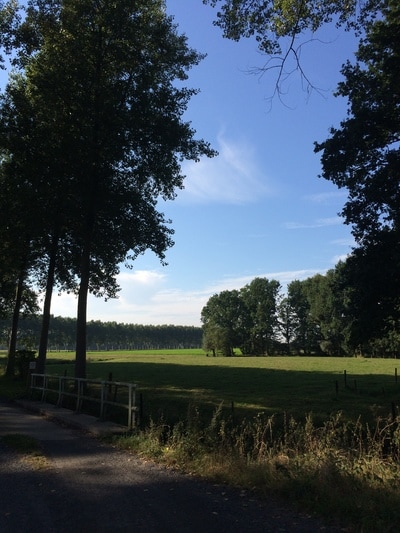
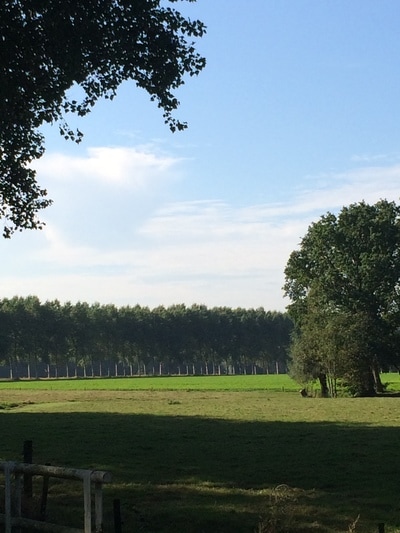
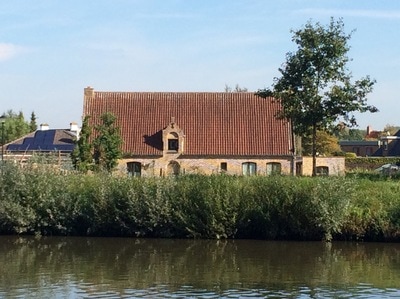
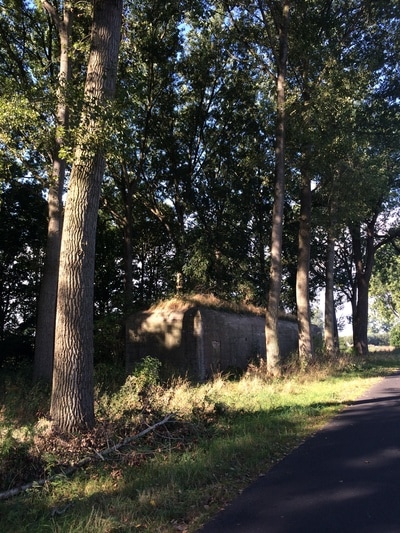
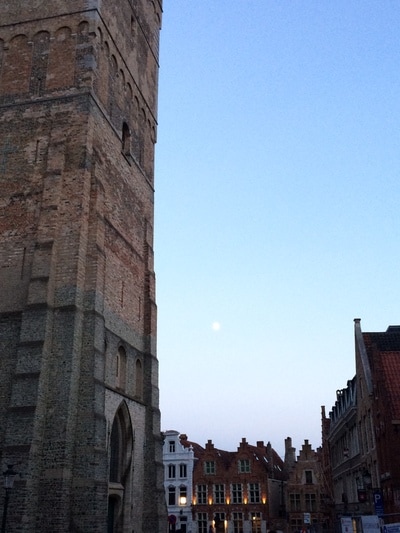
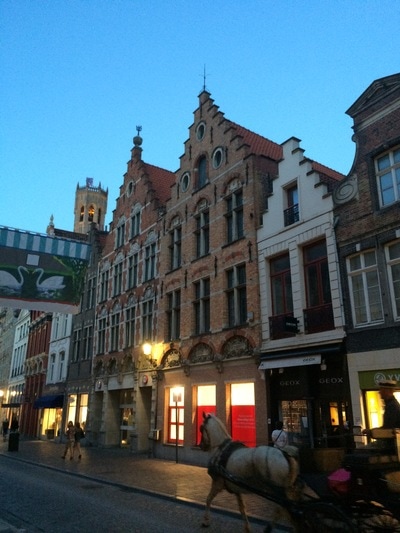
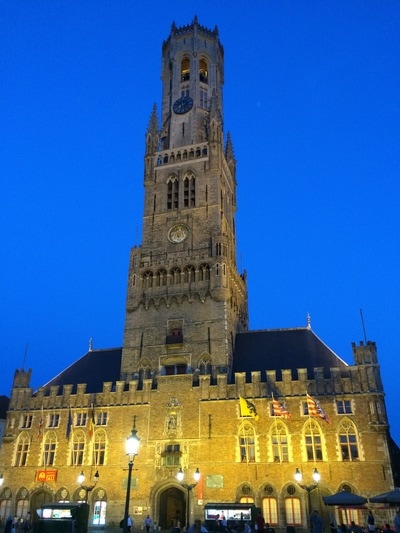
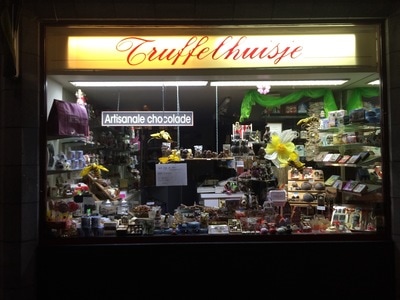
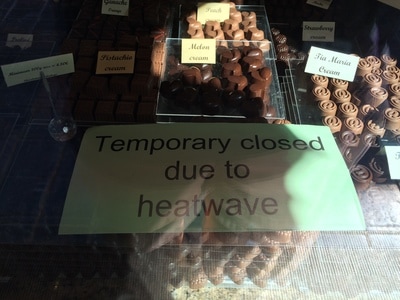
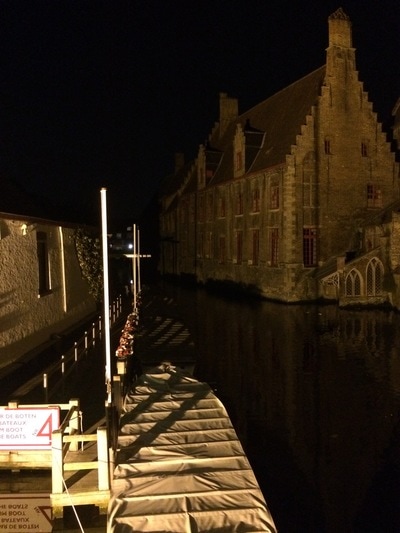
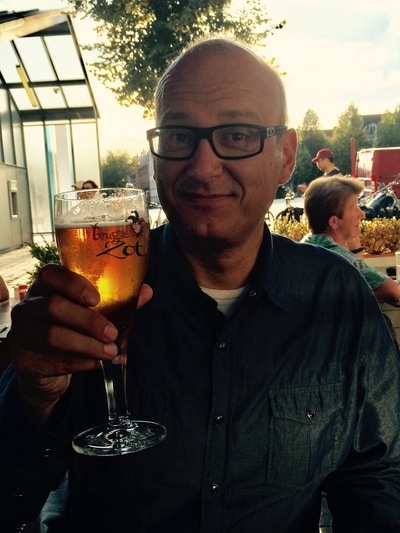
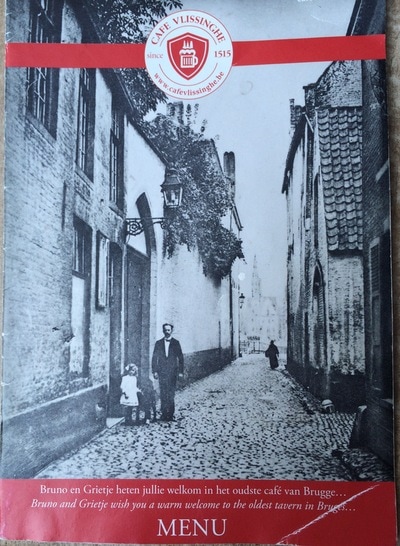
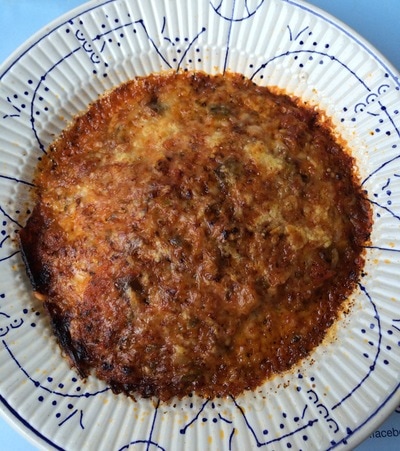
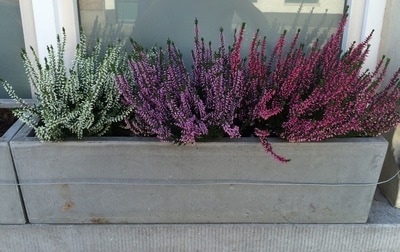
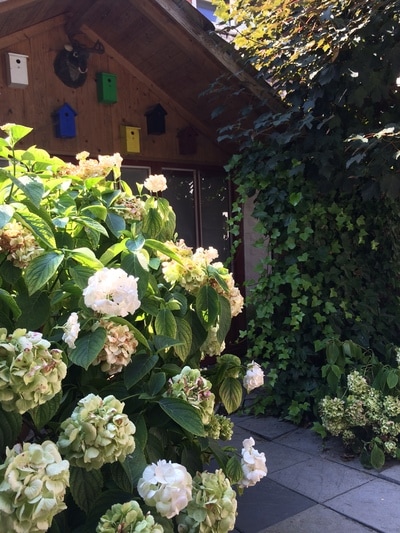
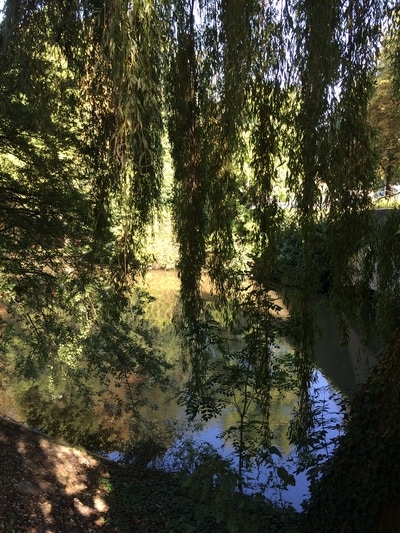
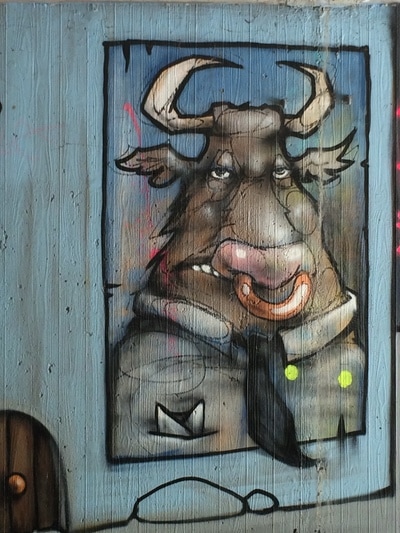
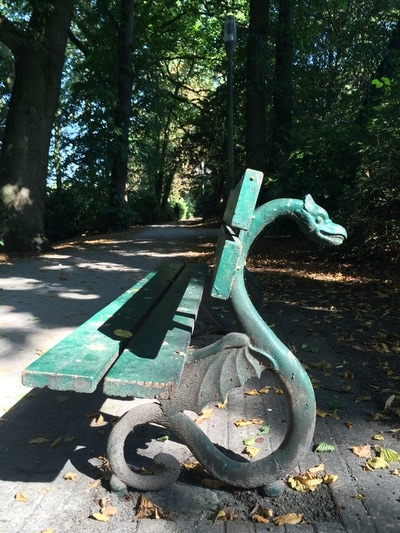
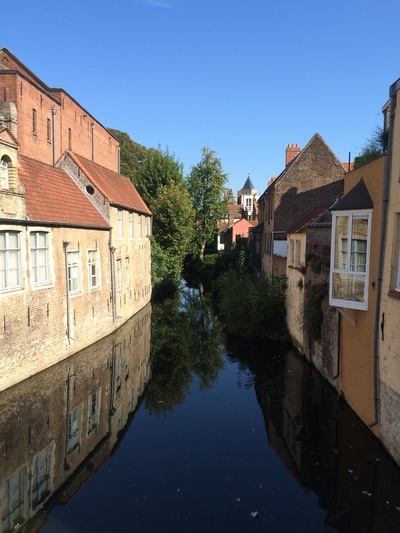
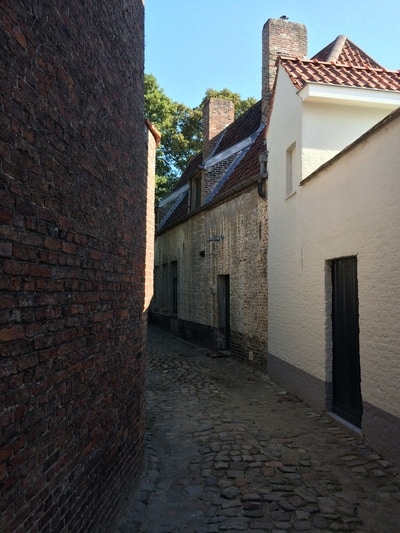
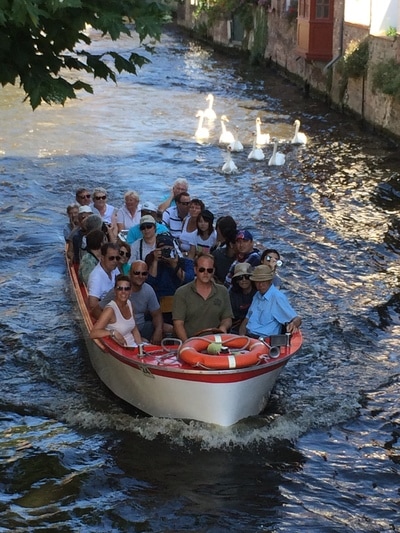
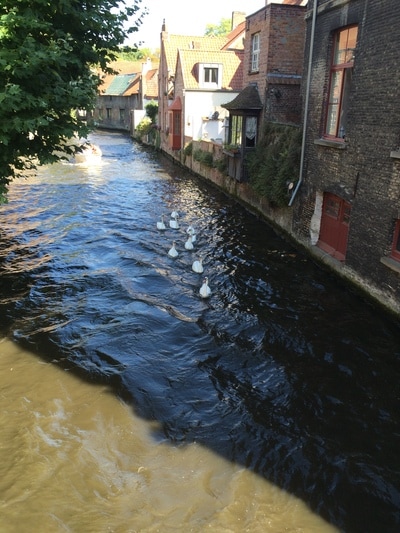
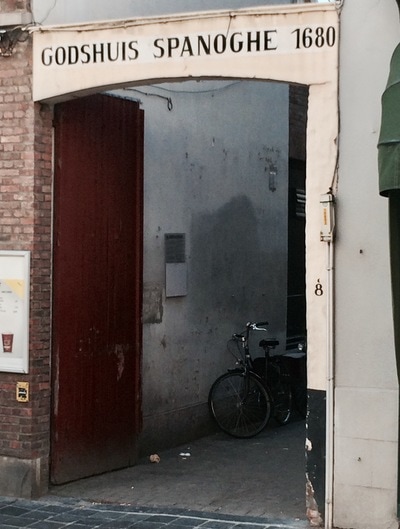
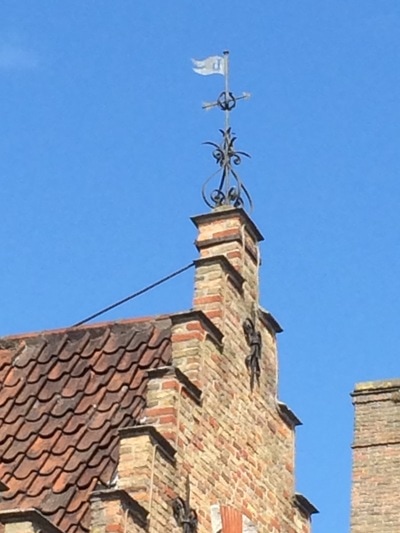
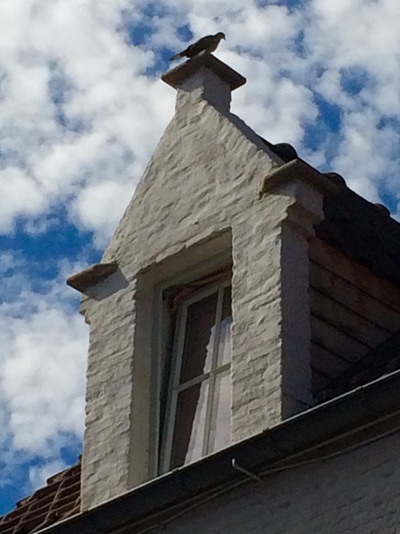
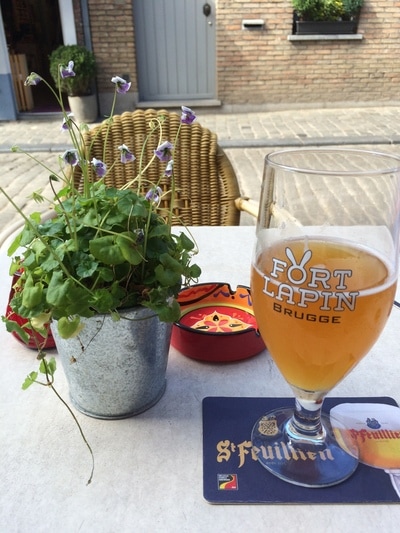
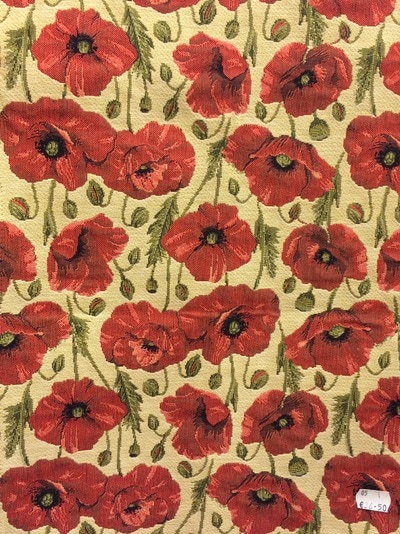
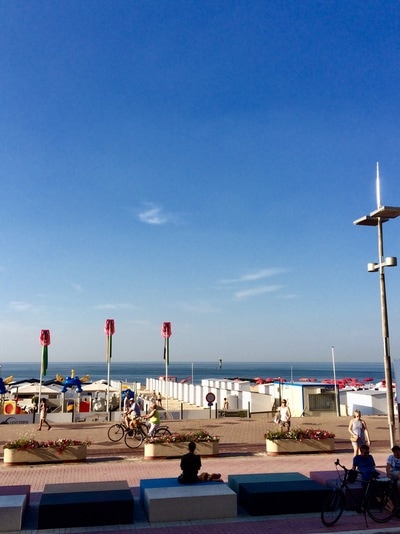
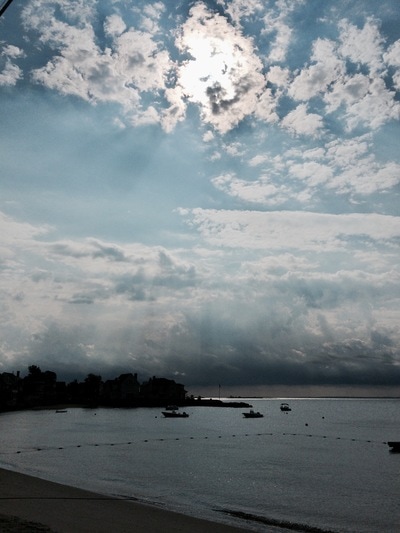
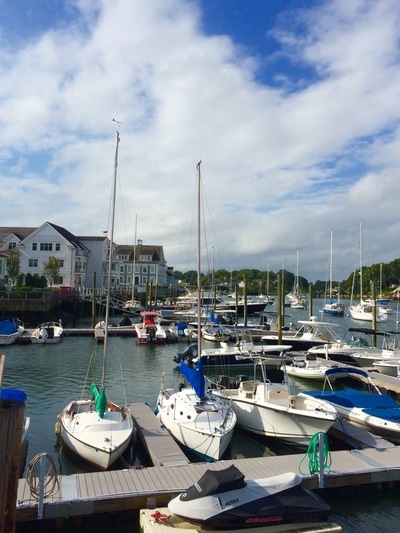
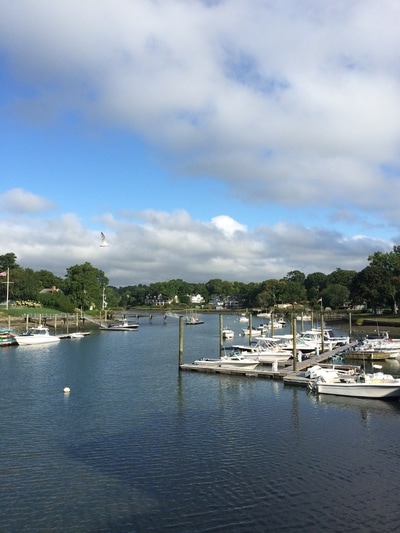
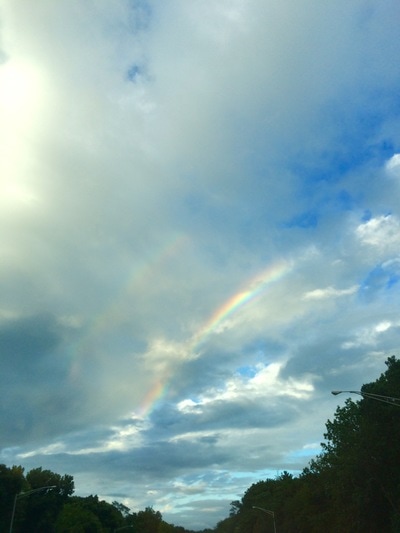
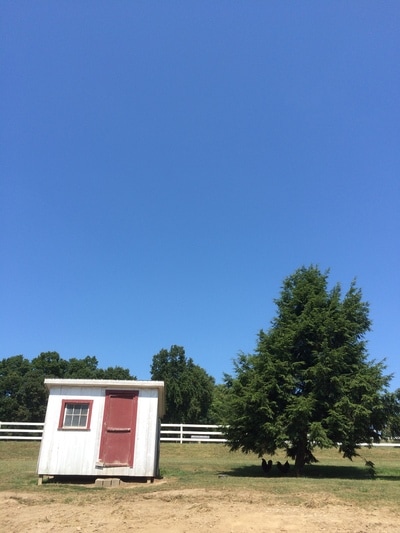
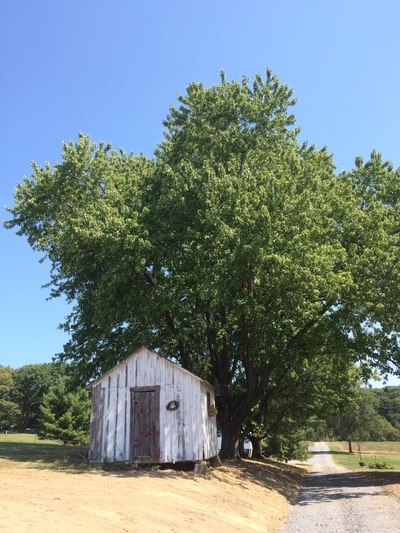
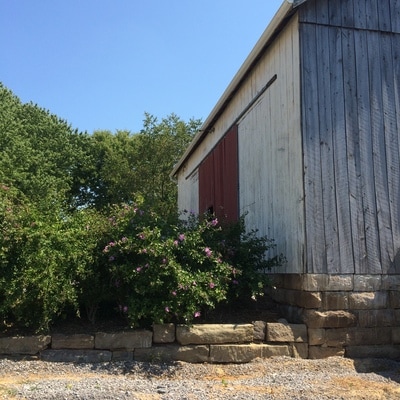
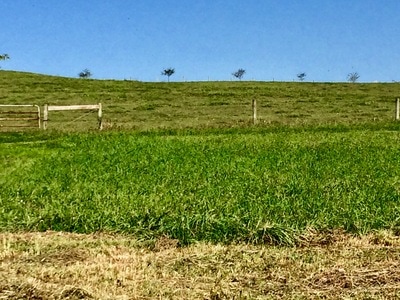

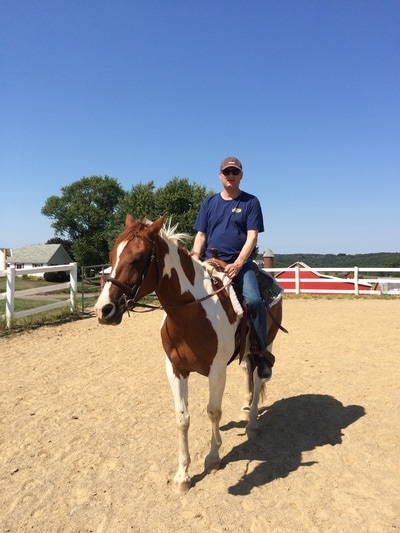
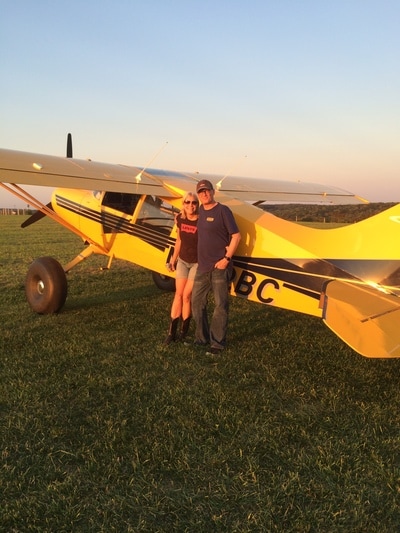
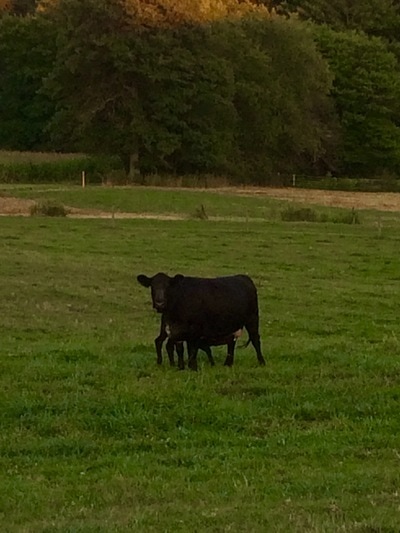
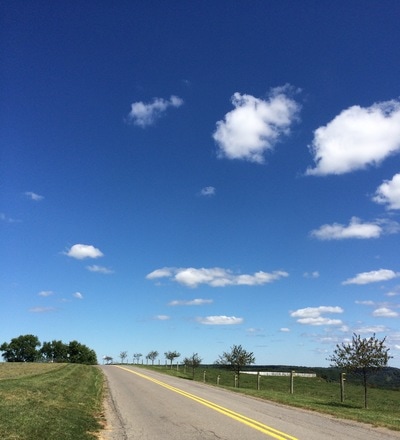
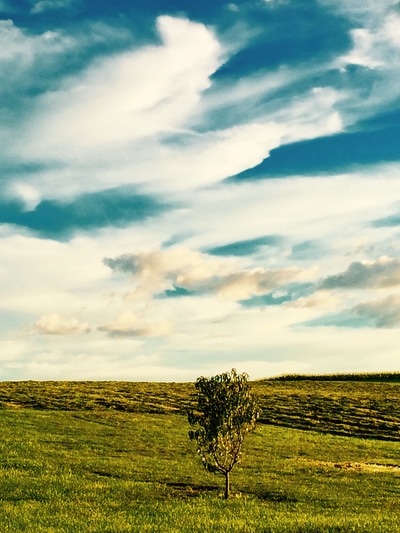
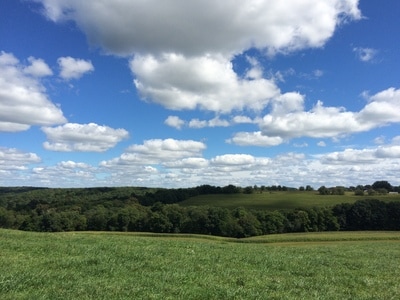
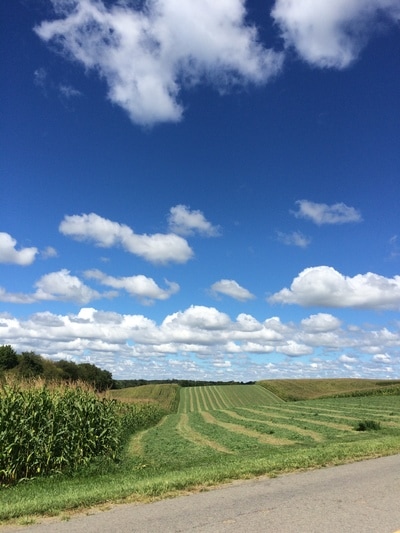
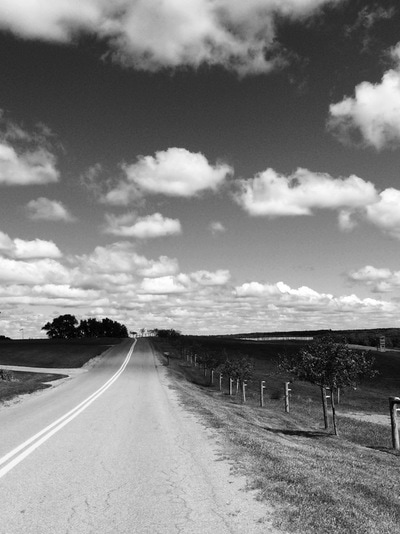
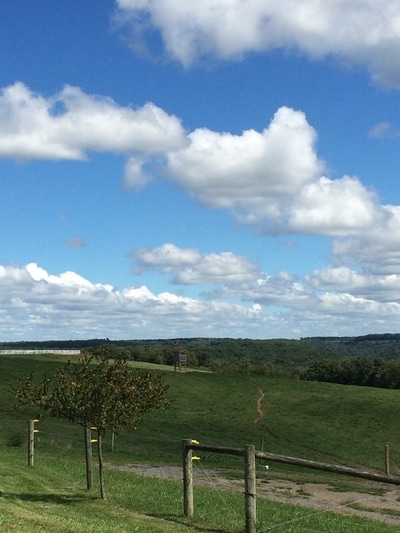
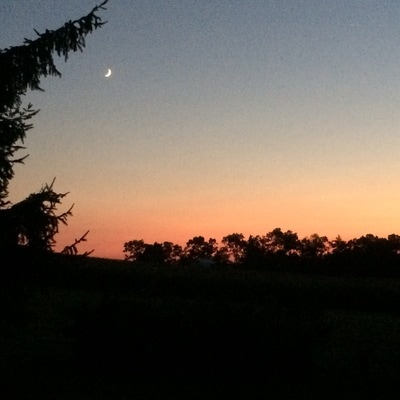
 RSS Feed
RSS Feed